Summer Visit to Concord, Massachusetts
From history to shopping to lunch, here’s how to spend a perfect New England summer day trip to historic Concord, Massachusetts. Plan a visit for when you’re ready to travel again.
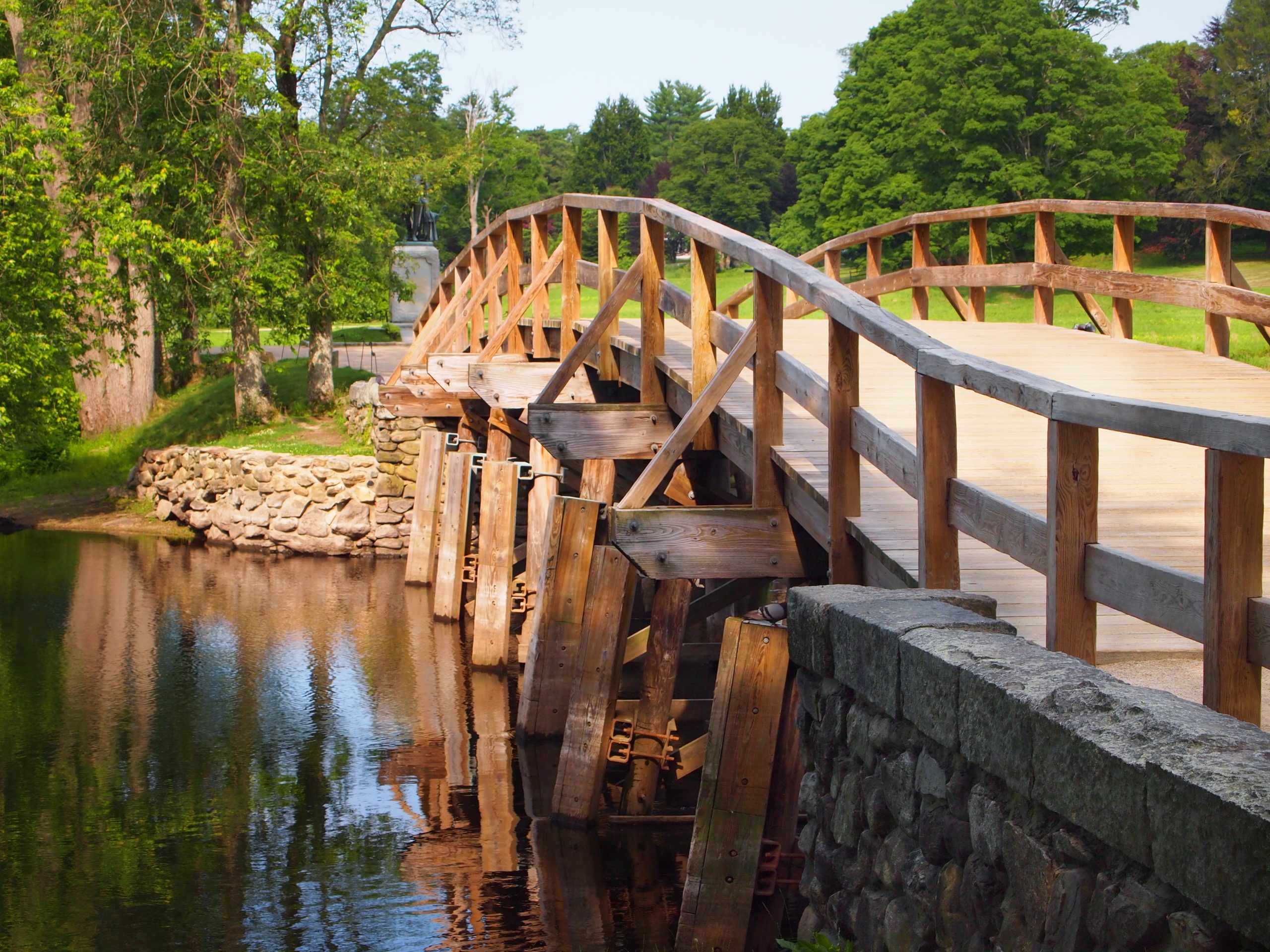
The Old North Bridge in Concord, MA
Photo Credit : Bethany BourgaultHave you ever been to Concord, MA? Believe it or not, I hadn’t. So, with the 4th of July just a few days away, I figured, when could be a better time to visit? Taking inspiration from a post on Concord in winter by our own Aimee Tucker, my mother and I headed out to Concord to explore one of Massachusetts’ most picturesque and historical areas – perfect for a New England summer day trip.
We arrived just as the Minute Man National Historical Park’s preservation crew was mowing the lawn in preparation for the holiday sightseers. They could be Minutemen themselves, I thought, the way they looked like a small but efficient army. The atmosphere was so quiet and peaceful. It was hard to imagine this sleepy field as the sight of such a monumental rebellion just a little over 240 years ago.
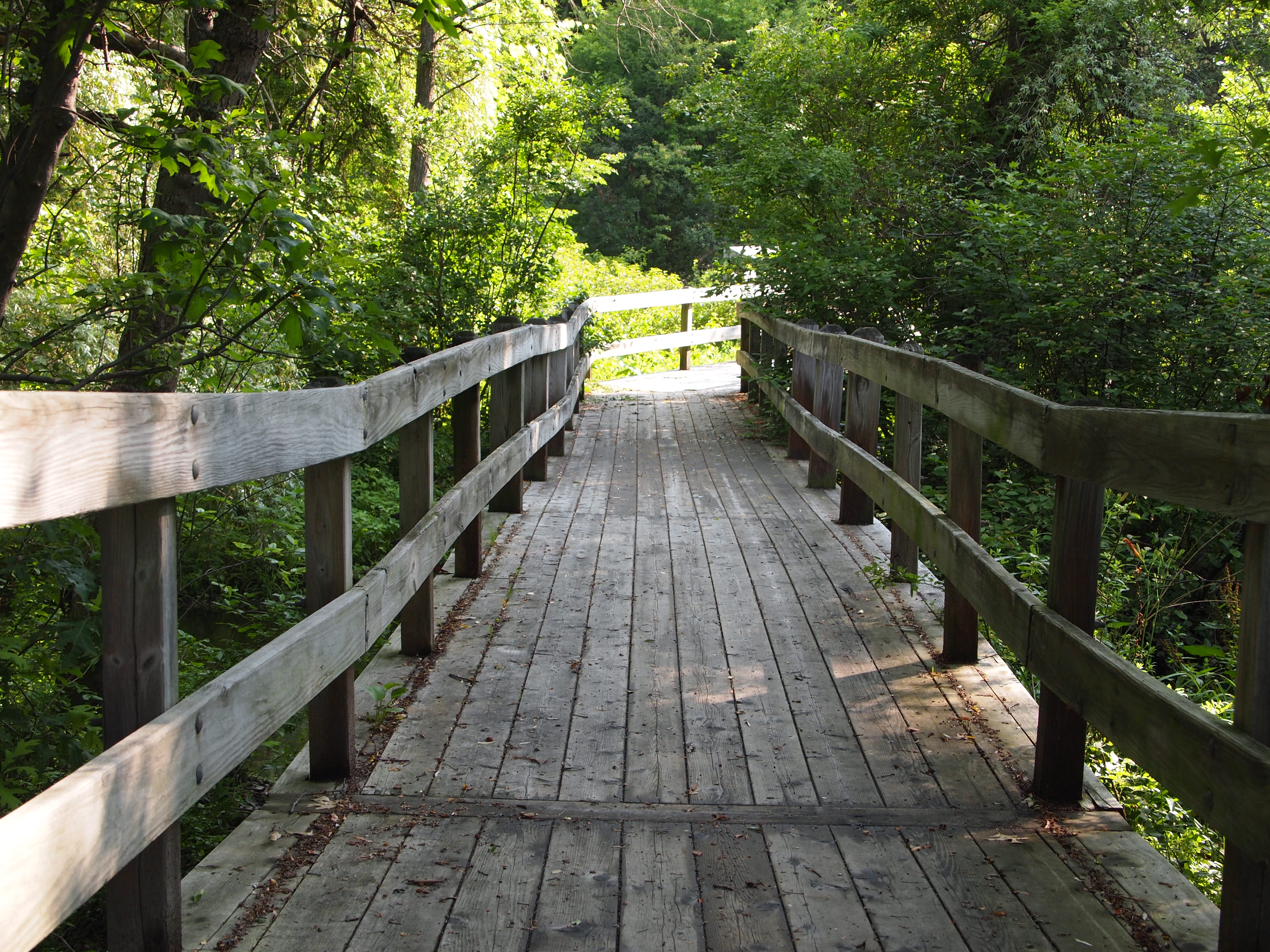
Photo Credit : Bethany Bourgault
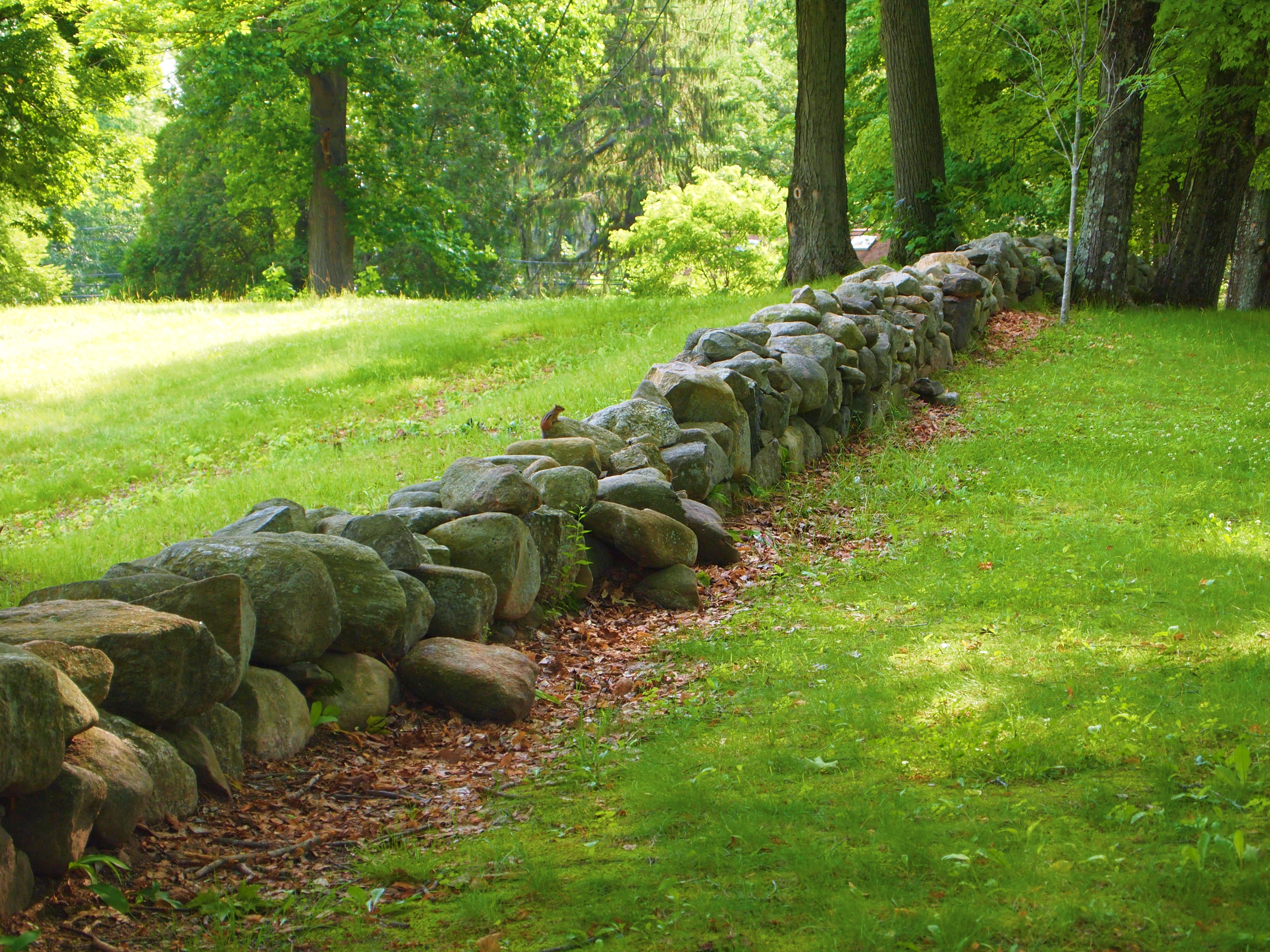
Photo Credit : Bethany Bourgault
The Minute Man National Historical Park’s Battle Road Trail covers five miles of Revolutionary History. Helpful park rangers are on-site and ready to offer interesting stories about the events of that fateful day, April 19, 1775. It sounds as if they were there when the Minutemen, known as such because of their ability to be ready with a minute’s notice, met the British “regulars” at the Old North Bridge.
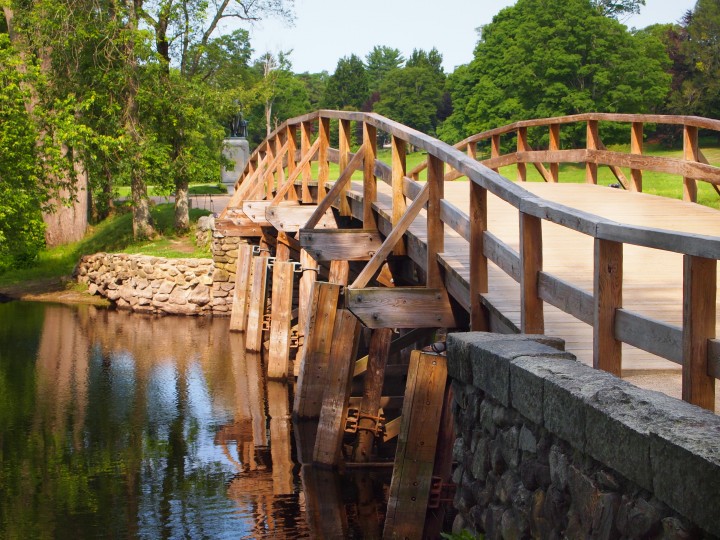
Photo Credit : Bethany Bourgault
It sounds like they heard the call of General John Buttrick, who was the first colonist to command rebellion with the words “Fire! For God’s Sake, Fire!”
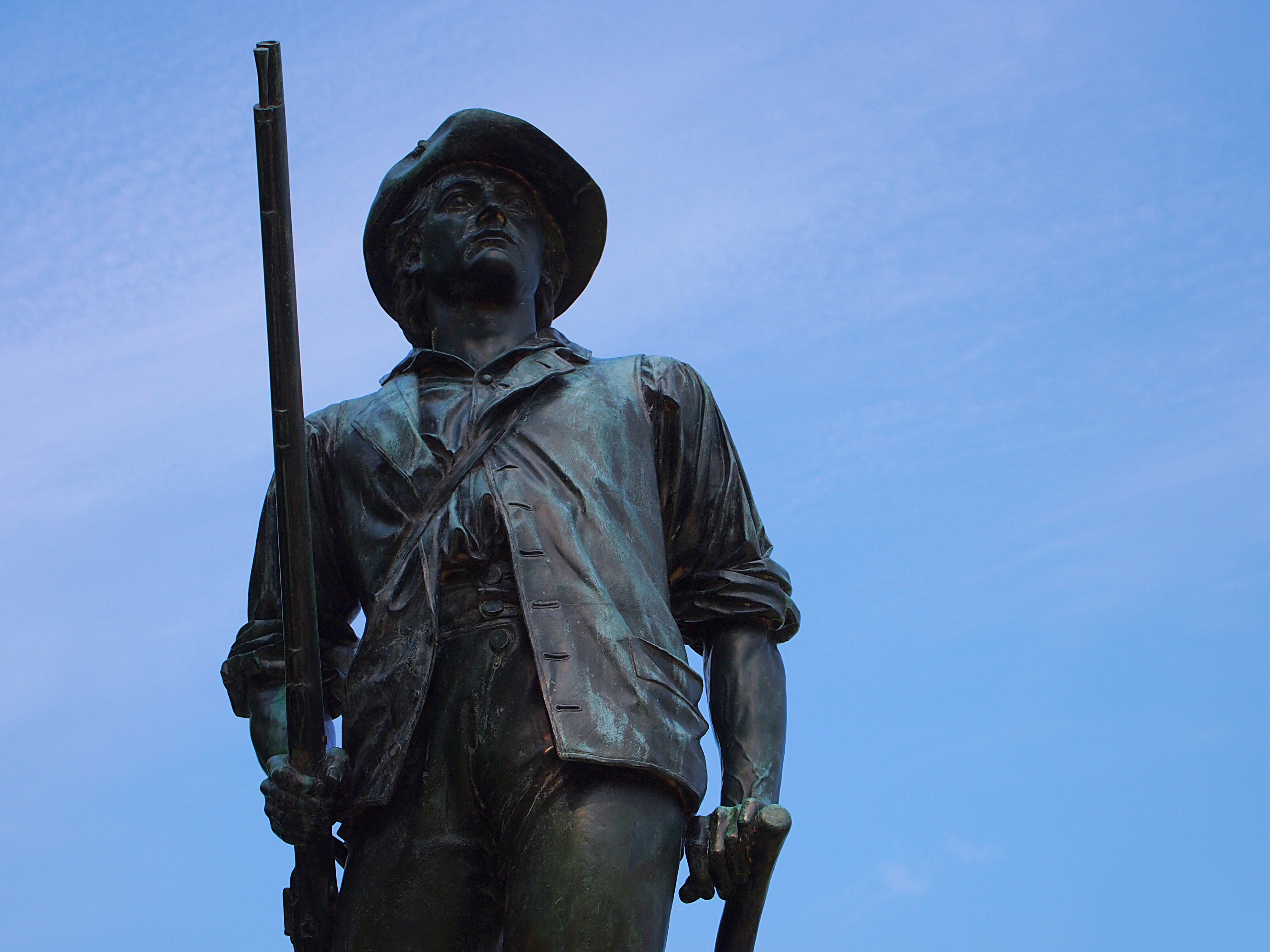
Photo Credit : Bethany Bourgault
It sounds as if they could feel the passion of the rebels, who, after spending all night hiding war supplies from the Regulars, caught wind of the deaths of their fellow Americans and chose courage over complacency.
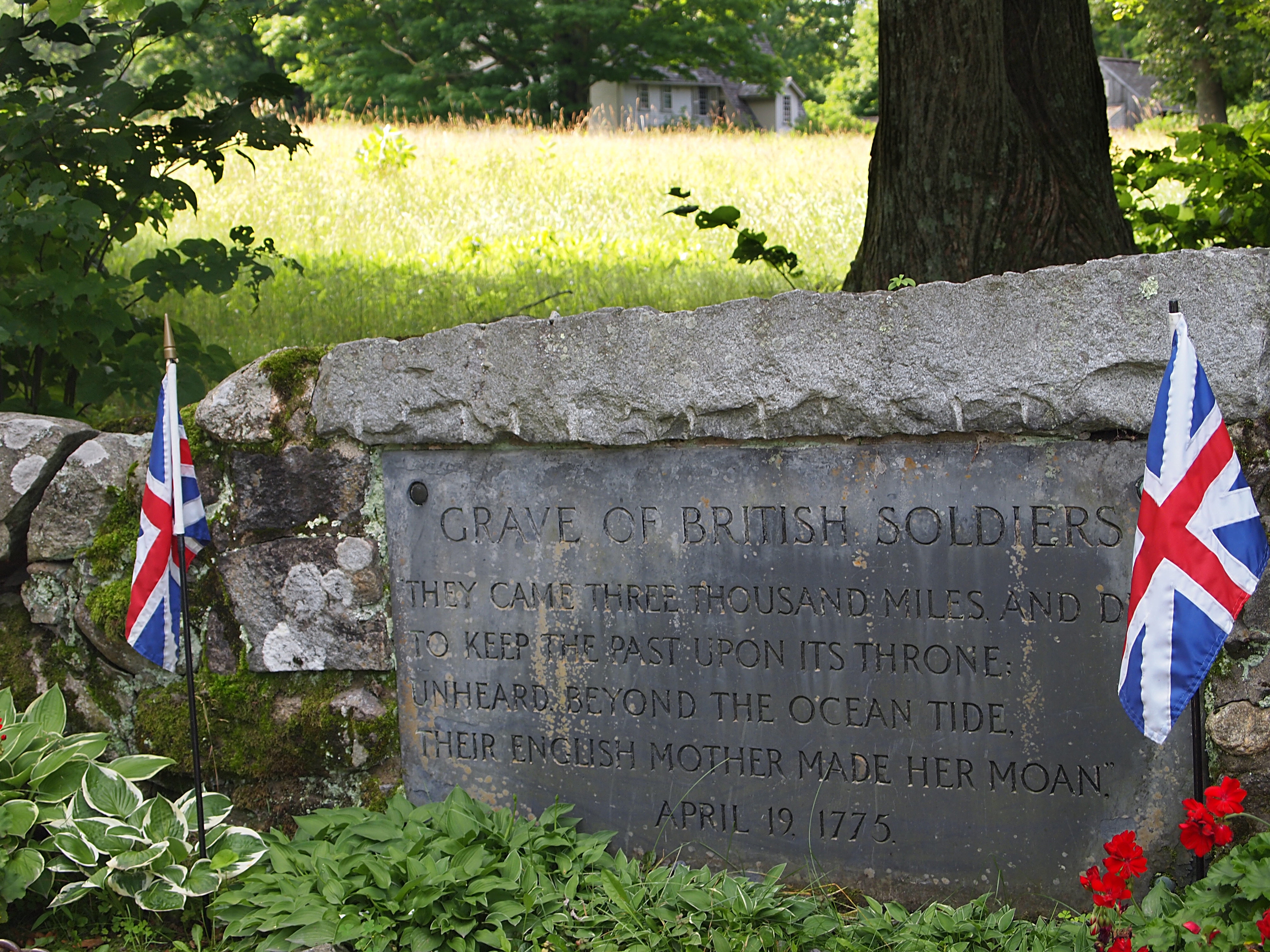
Photo Credit : Bethany Bourgault
While exploring the museum-like North Bridge Visitor Center, my mother and I found fascinating exhibits and watched an 8-minute video presentation that helped connect the stories to the structures. The elegant building that houses the center was donated to the park by descendants of General Buttrick, who are still active in the Concord community.
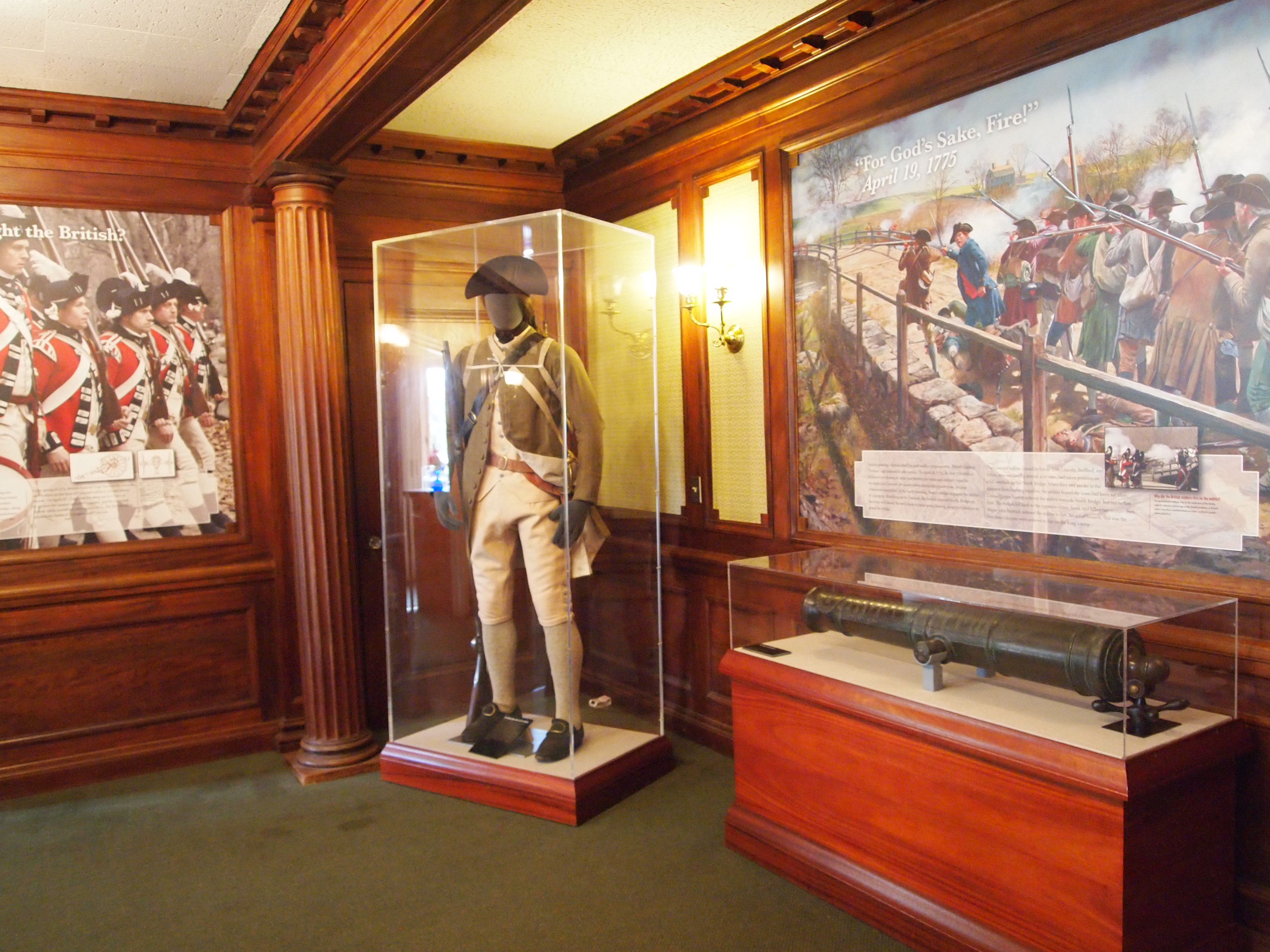
Photo Credit : Bethany Bourgault
Across the street from the visitor center is the home of General John Buttrick. The stately house is depicted in right corner of the battle’s famous engraving.
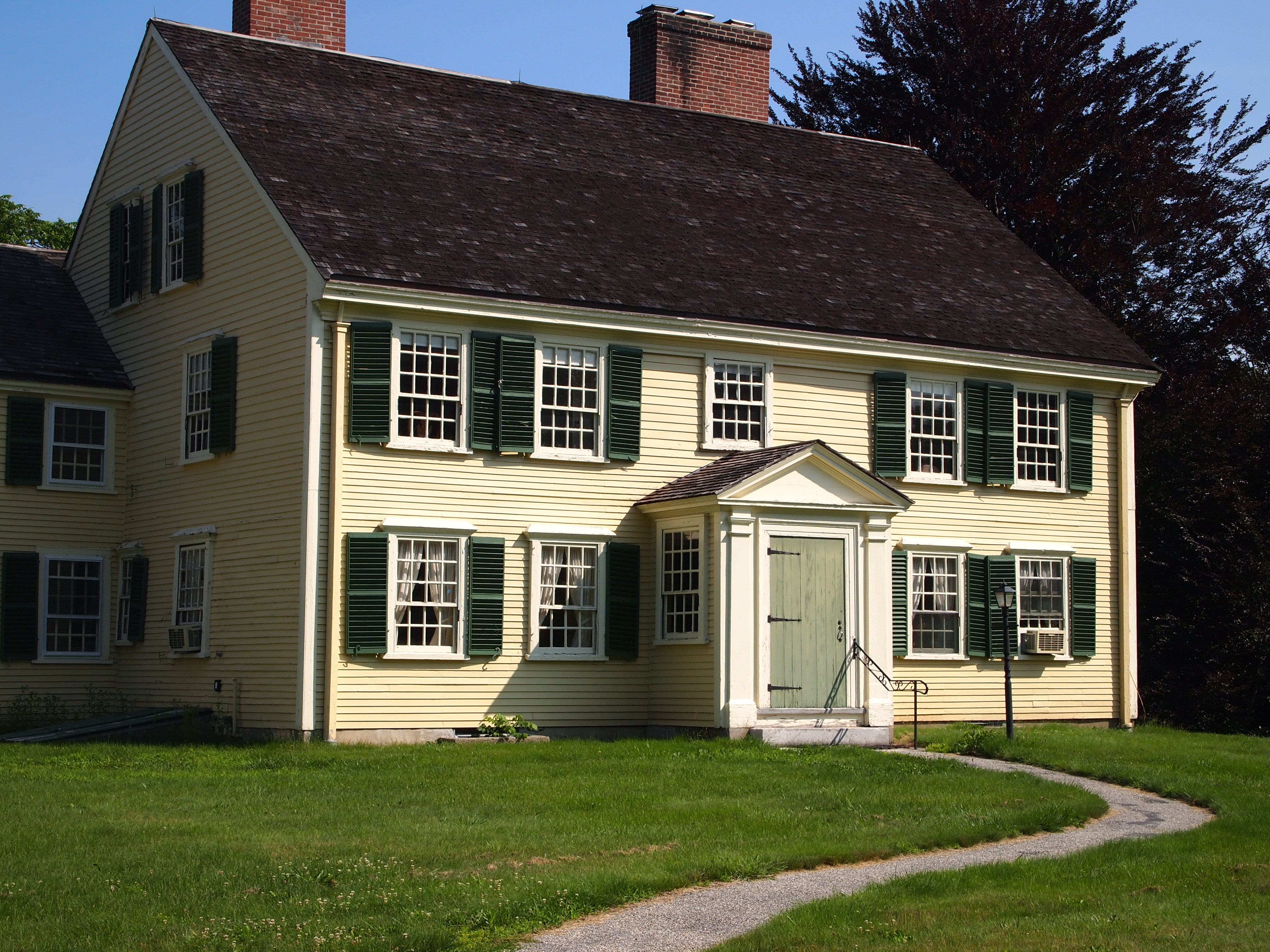
Photo Credit : Bethany Bourgault
Across the road from the bridge, heading away from the visitor center and towards the center of town, we encountered the Robbins House. This beautifully preserved little home is packed with history – it housed first-generation free African Americans and their descendants for years. Not only were Concord’s freed slaves able to support themselves in Colonial America, but they played active roles in the anti-slavery movement. The mission of the Robbins House is to educate the public about Concord’s little-known African American history.
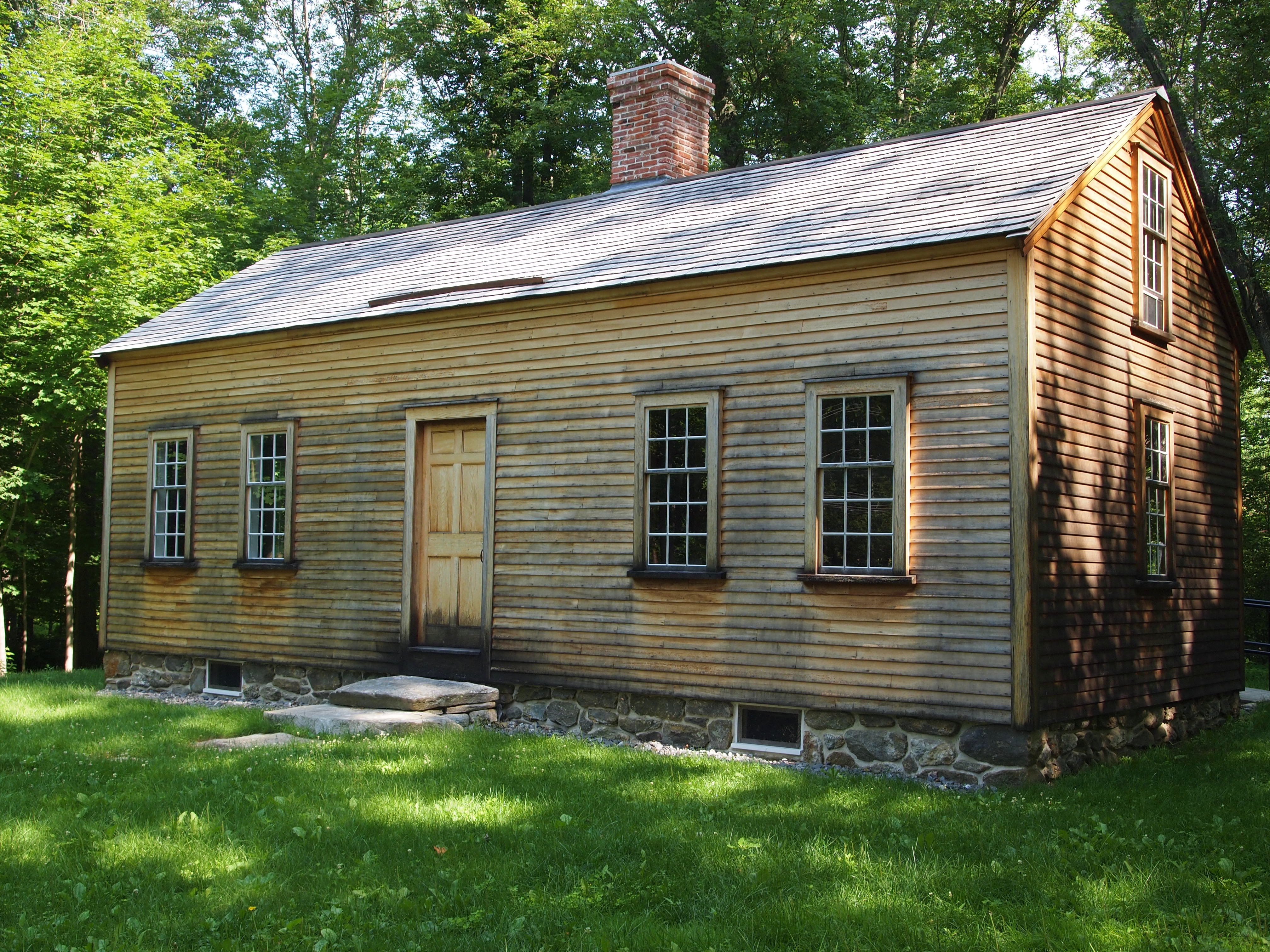
Photo Credit : Bethany Bourgault
Heading towards Concord’s Cultural District, we found the Old Manse, which over the years has been home to generations of Emersons, Alcotts, and Hawthornes. “Old Manse” is a Scottish nickname for a minister’s house – the Reverend Emerson was, after all, the home’s first resident. The residents of the house in 1775 were able to see the battle from outside their window.
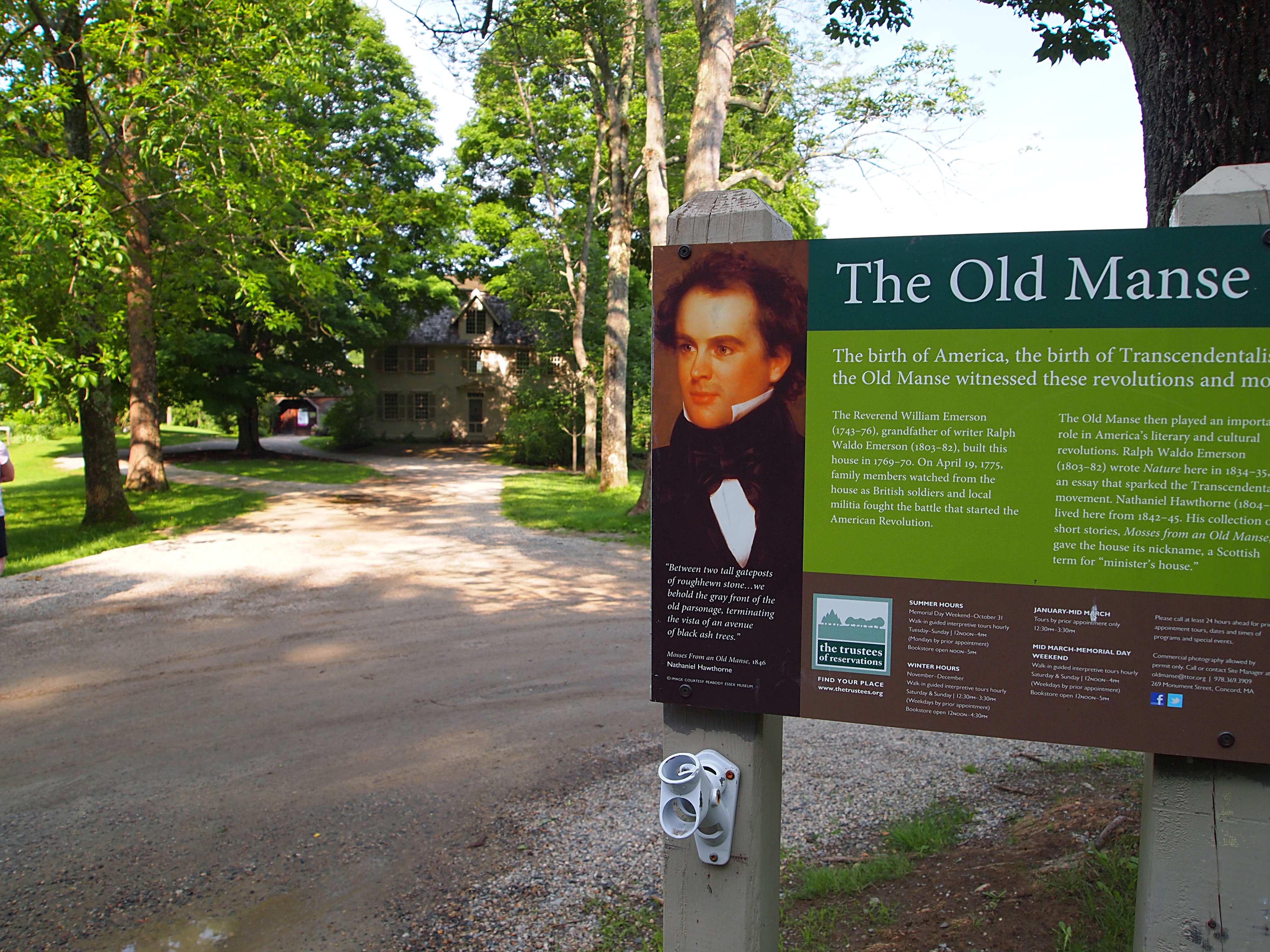
Photo Credit : Bethany Bourgault
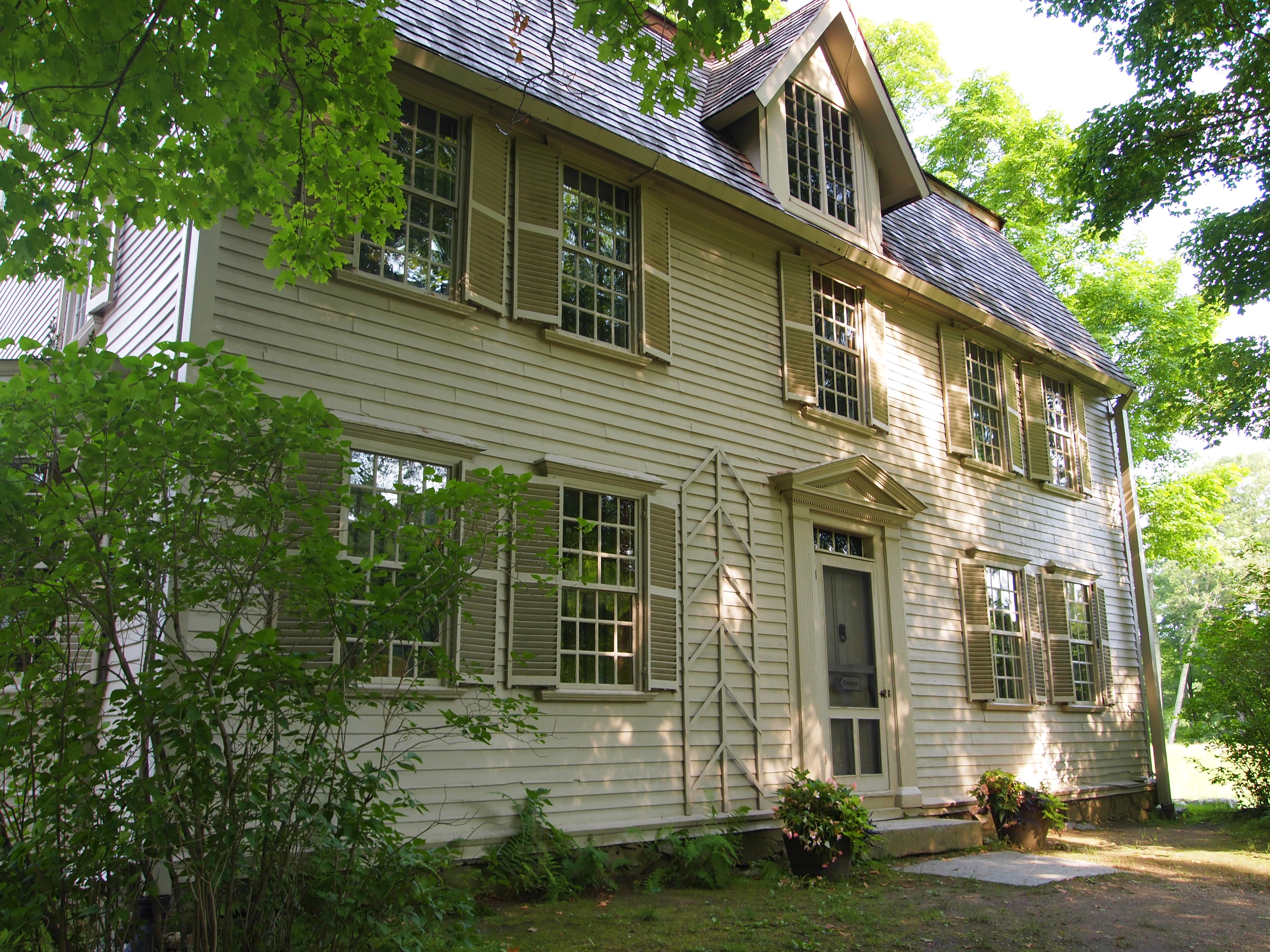
Photo Credit : Bethany Bourgault
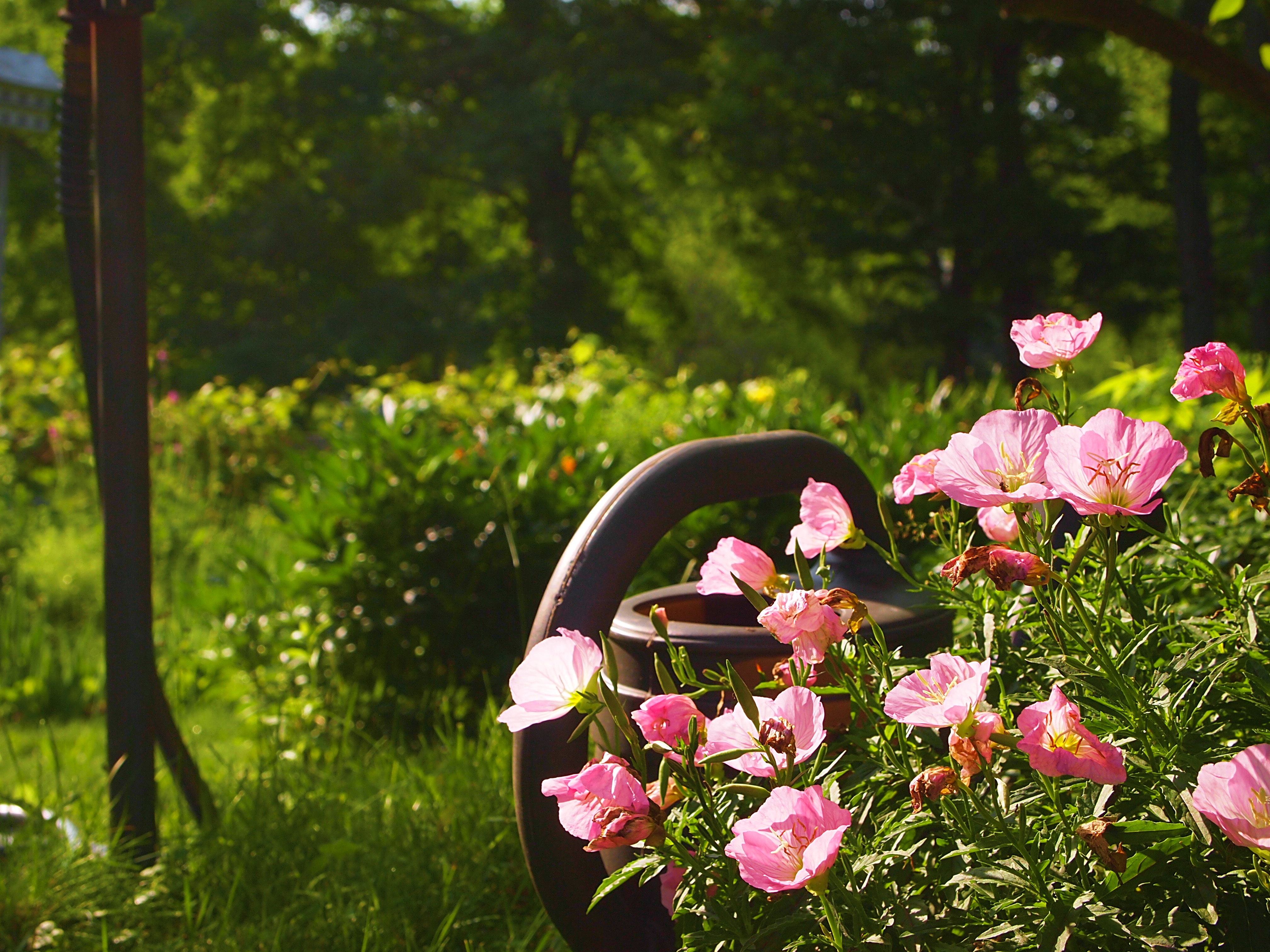
Photo Credit : Bethany Bourgault
After exploring that area a bit more, we decided it was time for a lunch break. My father, who works in a nearby town, joined us at the Main Streets Market and Cafe. It seemed to be a hot-spot for locals and visitors, and we soon found out why. The cheerful atmosphere, colonial feel and delicious, homey-yet-gourmet comfort food could easily delight anyone. It certainly delighted us!
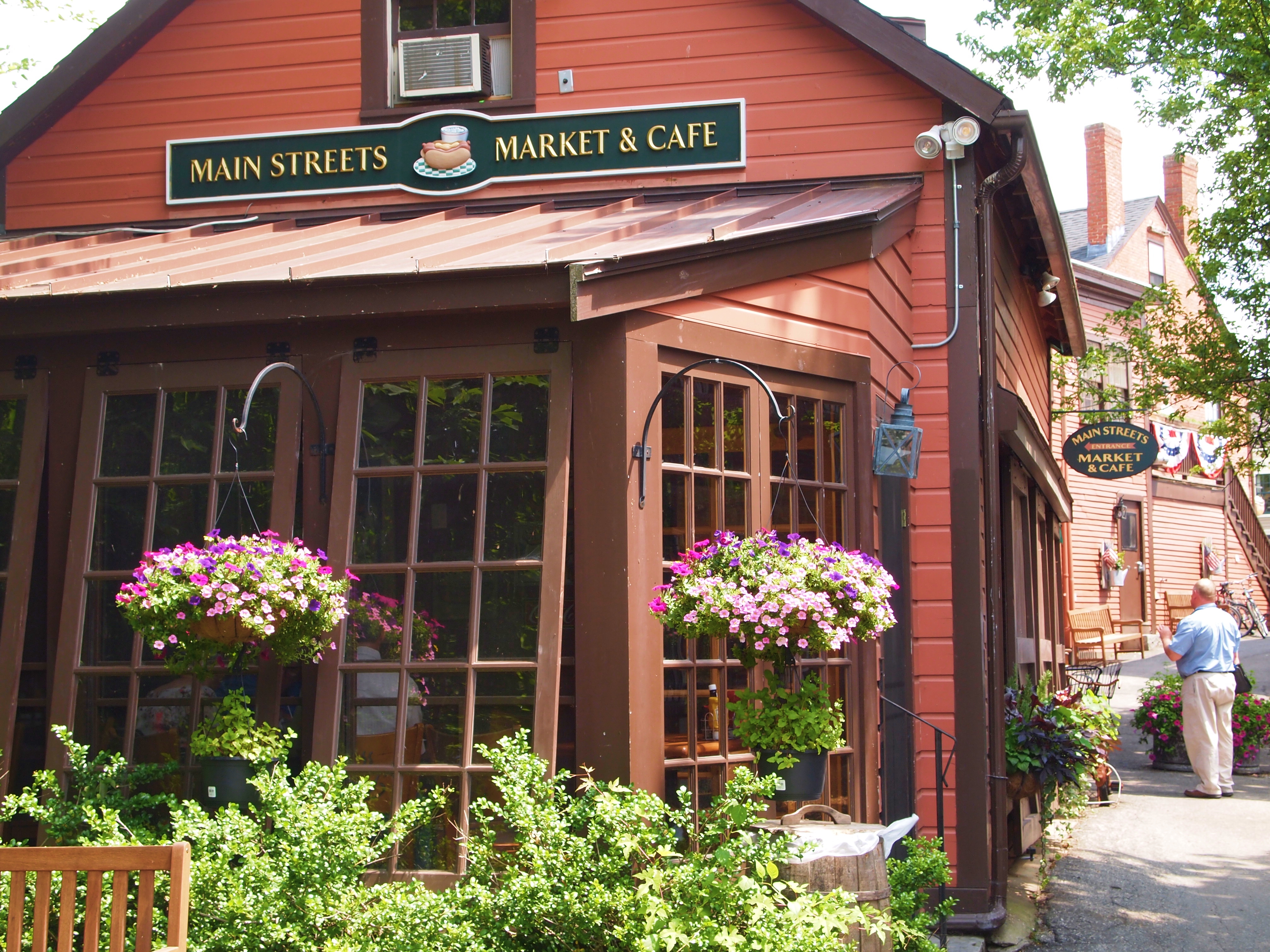
Photo Credit : Bethany Bourgault
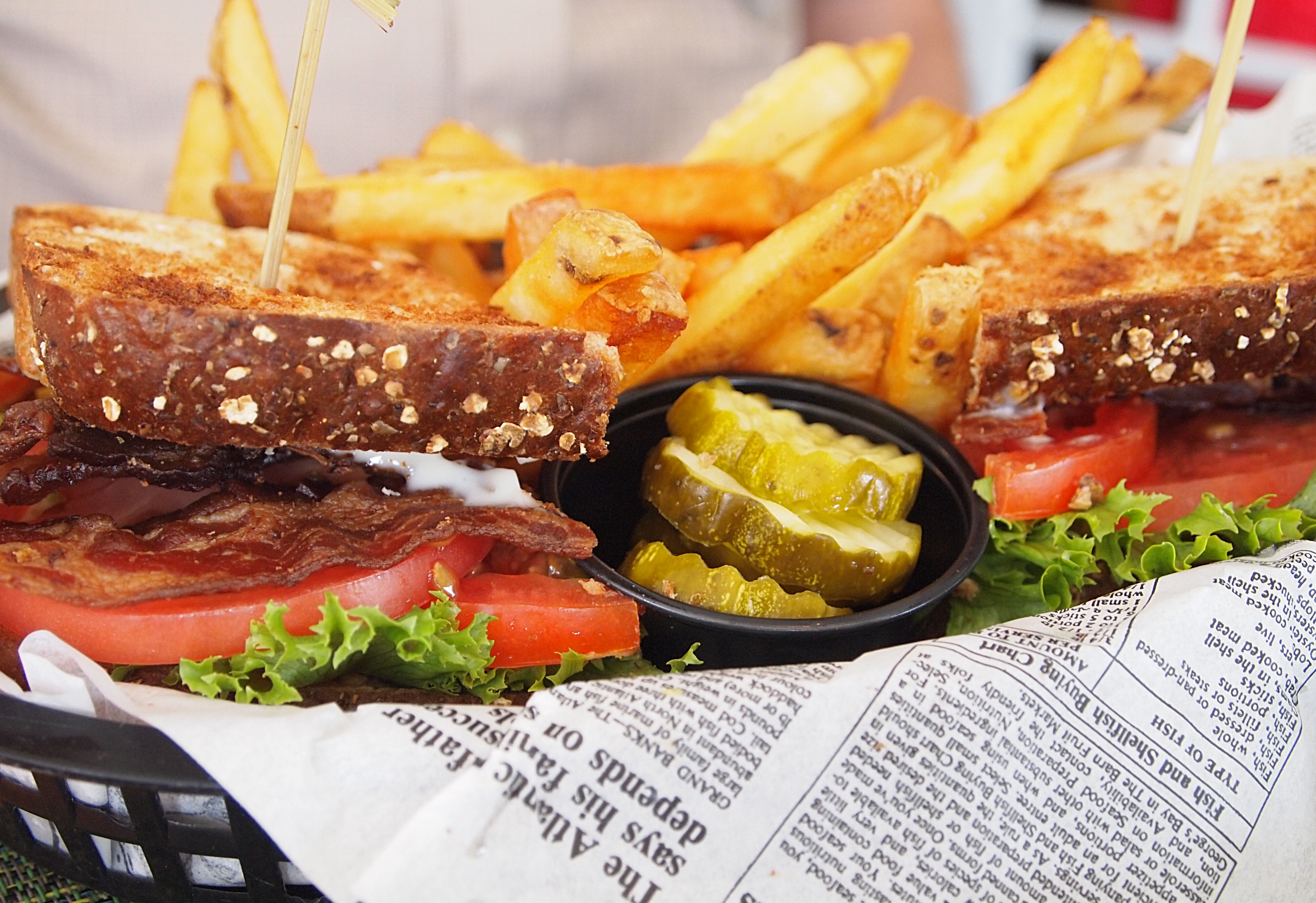
Photo Credit : Bethany Bourgault
Satisfied and rejuvenated, it was time to explore some more.
Several of America’s most influential writers called Concord home, and luckily for visitors, their homes are beautifully preserved. Tours of most are available on-site.
Louisa May Alcott, author of “Little Women,” wrote her stories based on this house and its inhabitants. When her father bought the property, he called it the “Orchard House” because of the 40 apple trees (his favorite fruit) that grew in the yard.
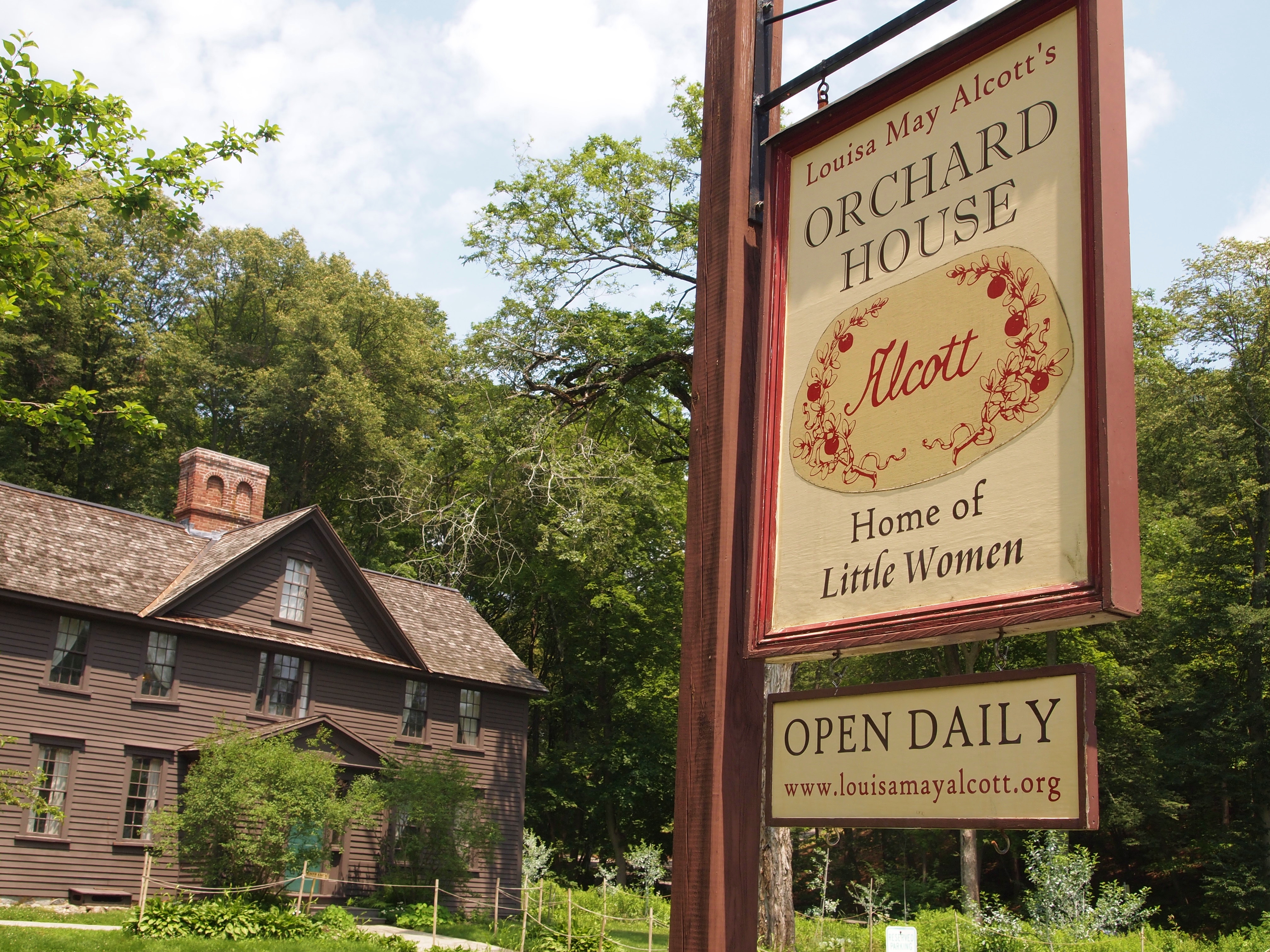
Photo Credit : Bethany Bourgault
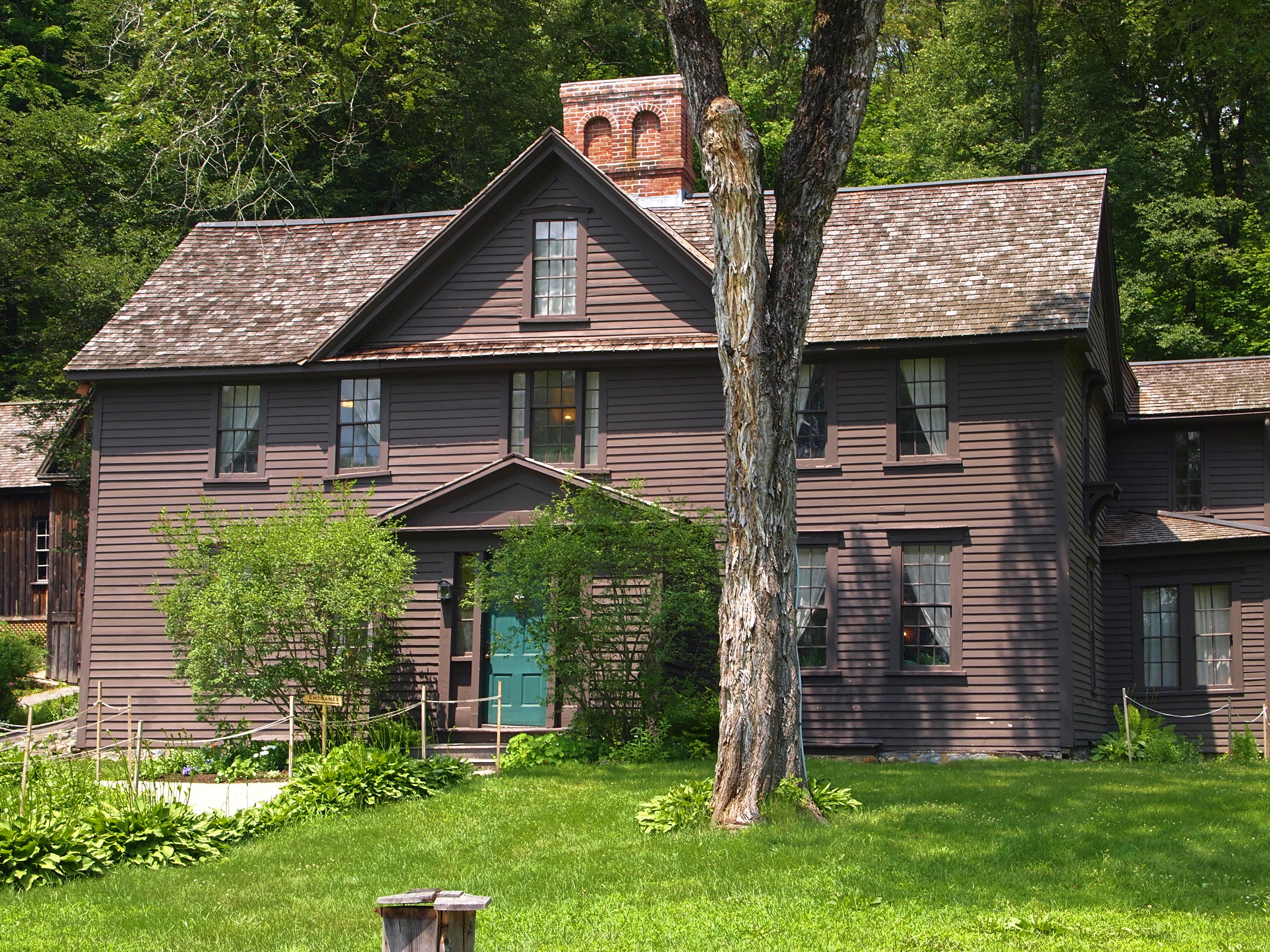
Photo Credit : Bethany Bourgault
A little while down the road in either direction, we found Nathaniel Hawthorne’s home, also called “The Wayside,” and Ralph Waldo Emerson’s home.
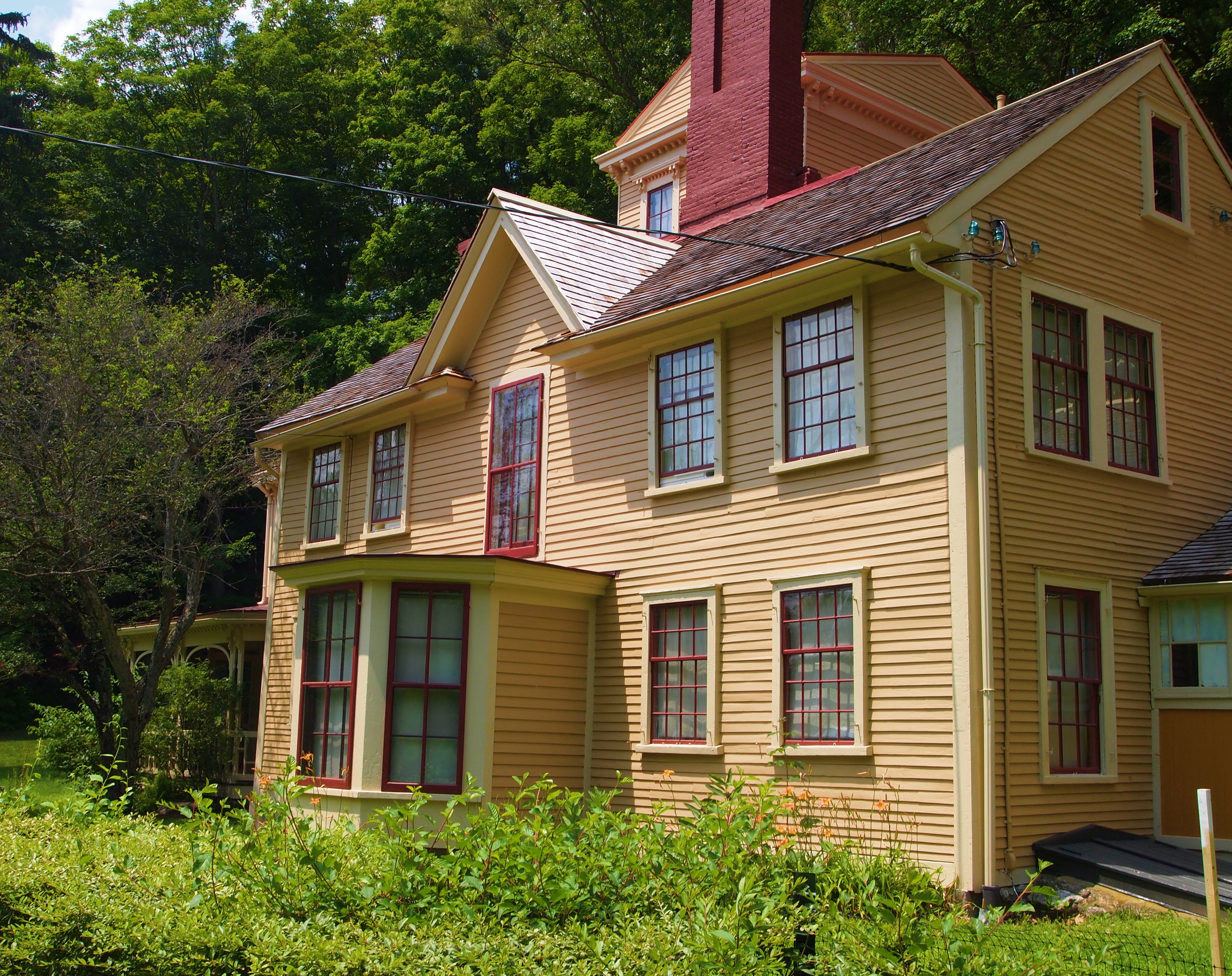
Photo Credit : Bethany Bourgault
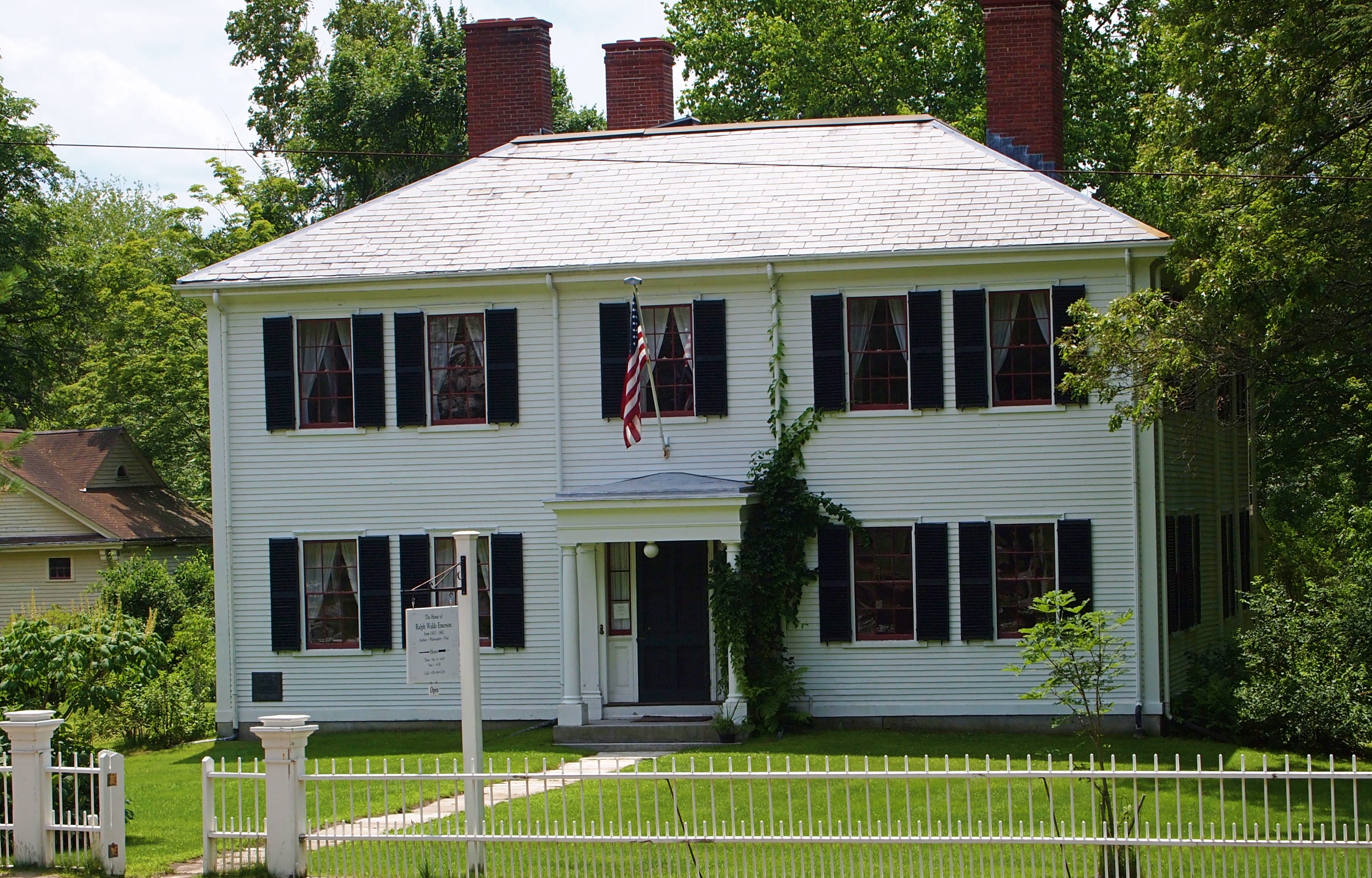
Photo Credit : Bethany Bourgault
Throughout the day, we were delighted by Concord’s quintessential New England beauty. Flowers were in full bloom, and flags flew proudly over historic buildings. It was the perfect way to kick off the 4th of July weekend.
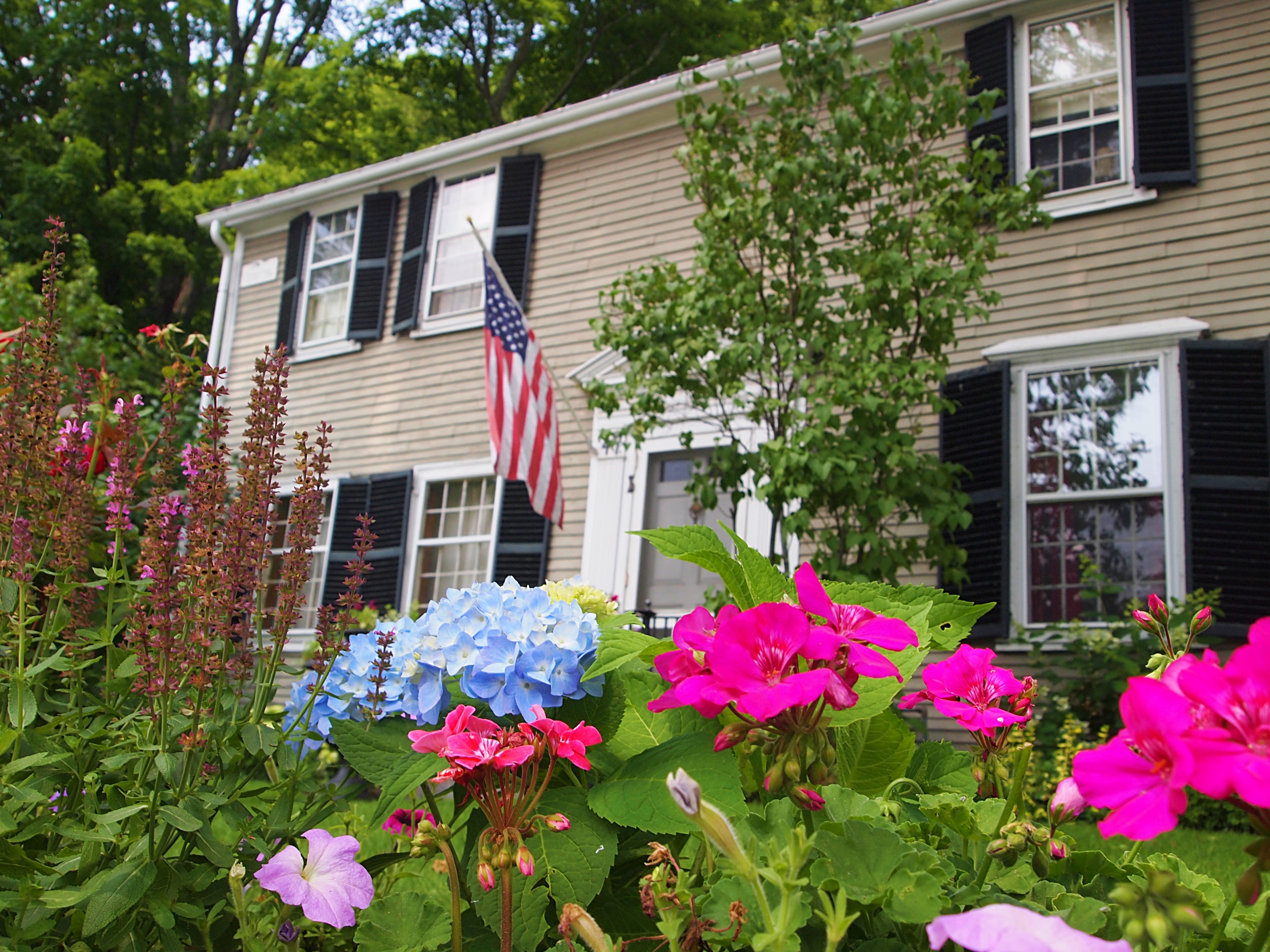
Photo Credit : Bethany Bourgault

Photo Credit : Bethany Bourgault
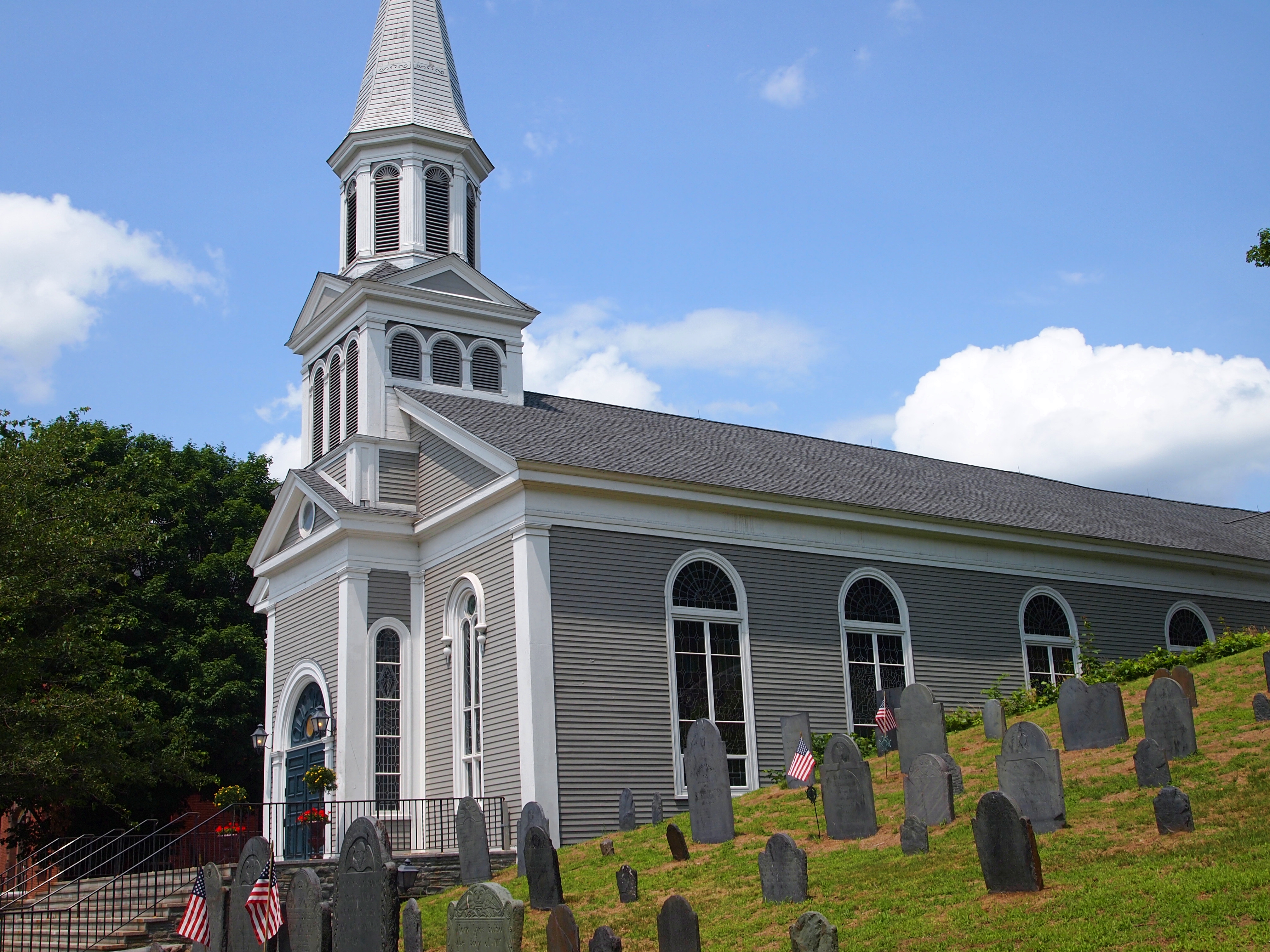
Photo Credit : Bethany Bourgault
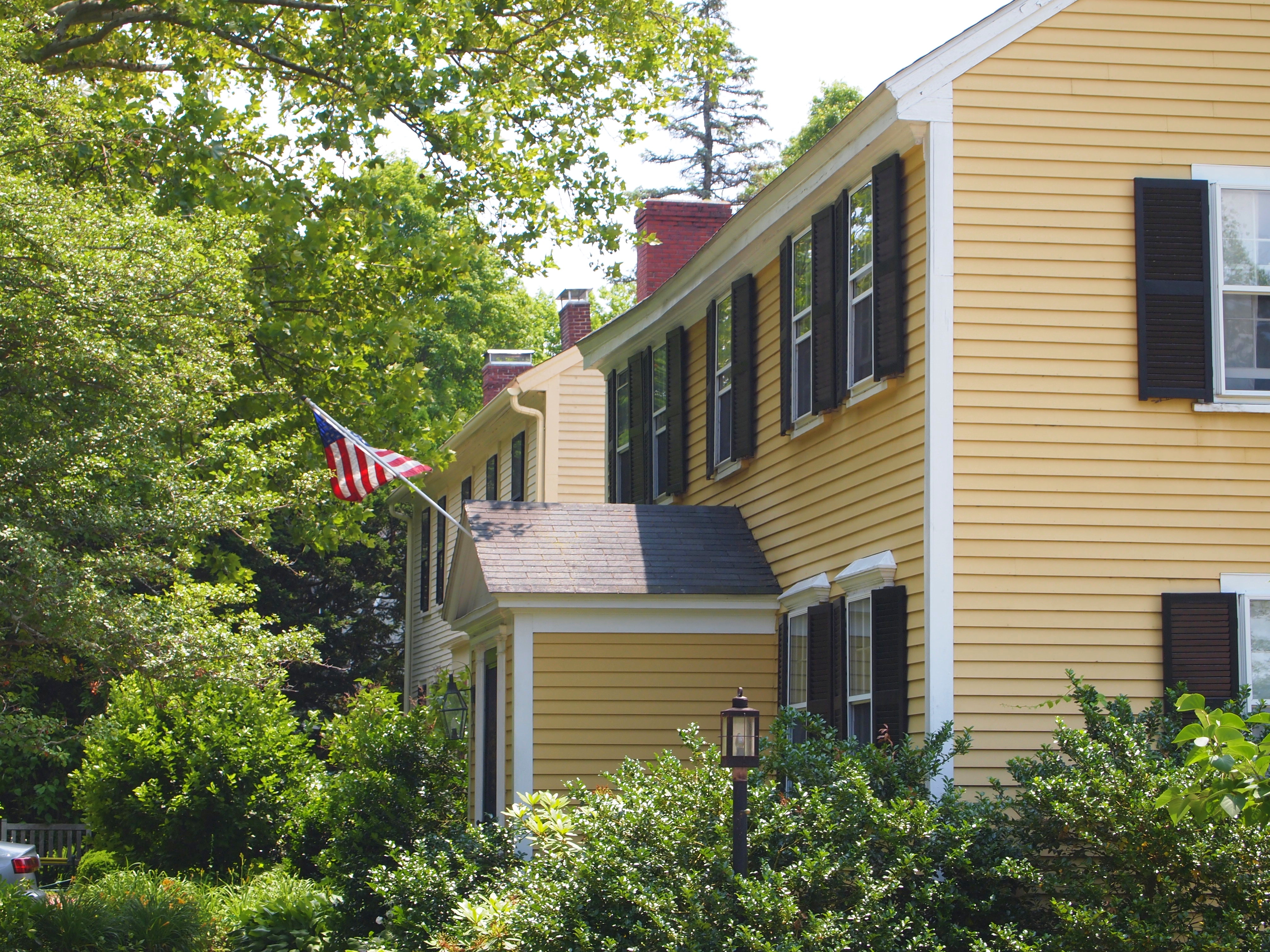
Photo Credit : Bethany Bourgault
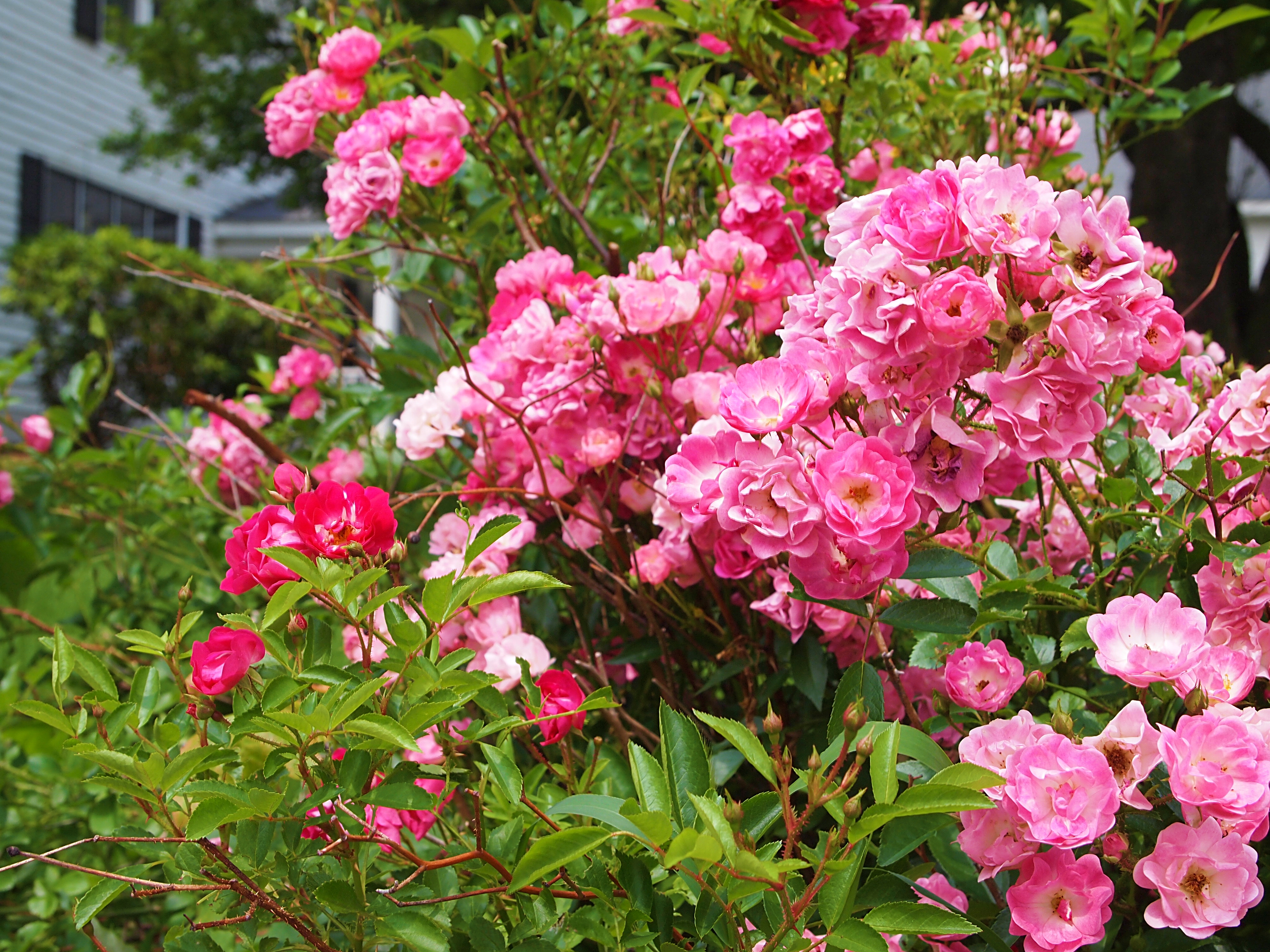
Photo Credit : Bethany Bourgault
History lessons done for the day, it was time to explore Concord’s Cultural District – a quaint downtown area full of little shops, galleries, and restaurants.
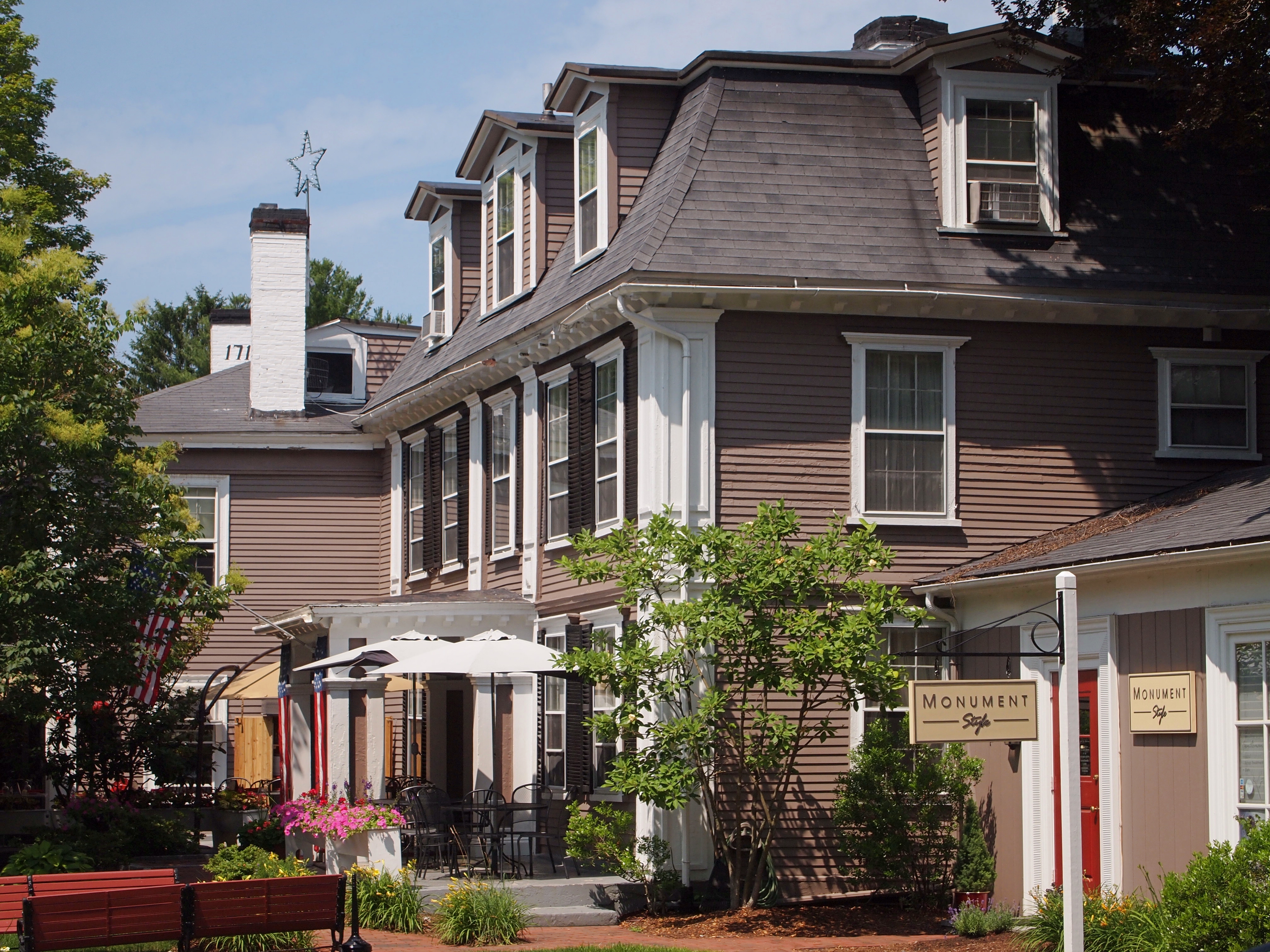
Photo Credit : Bethany Bourgault
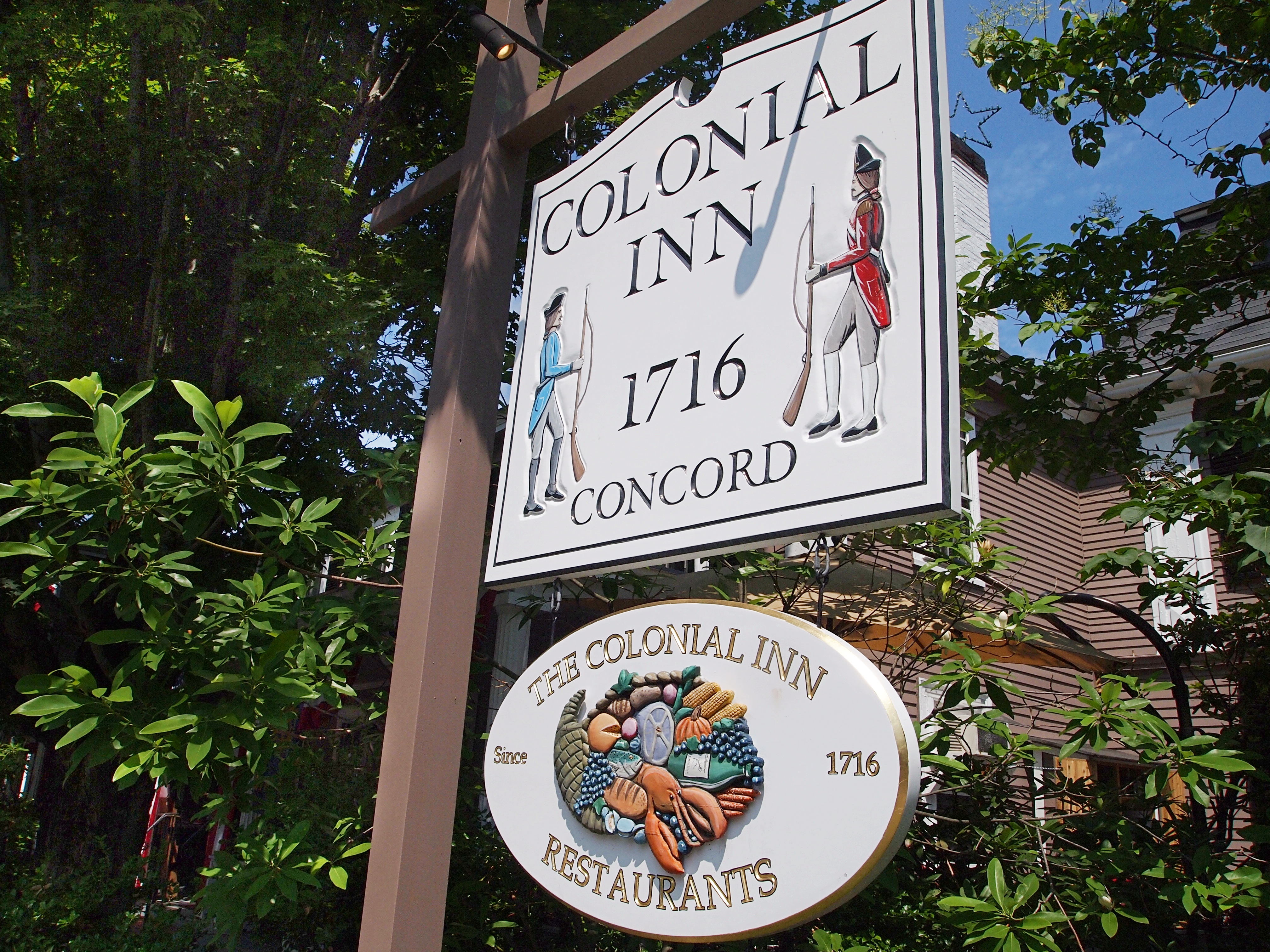
Photo Credit : Bethany Bourgault
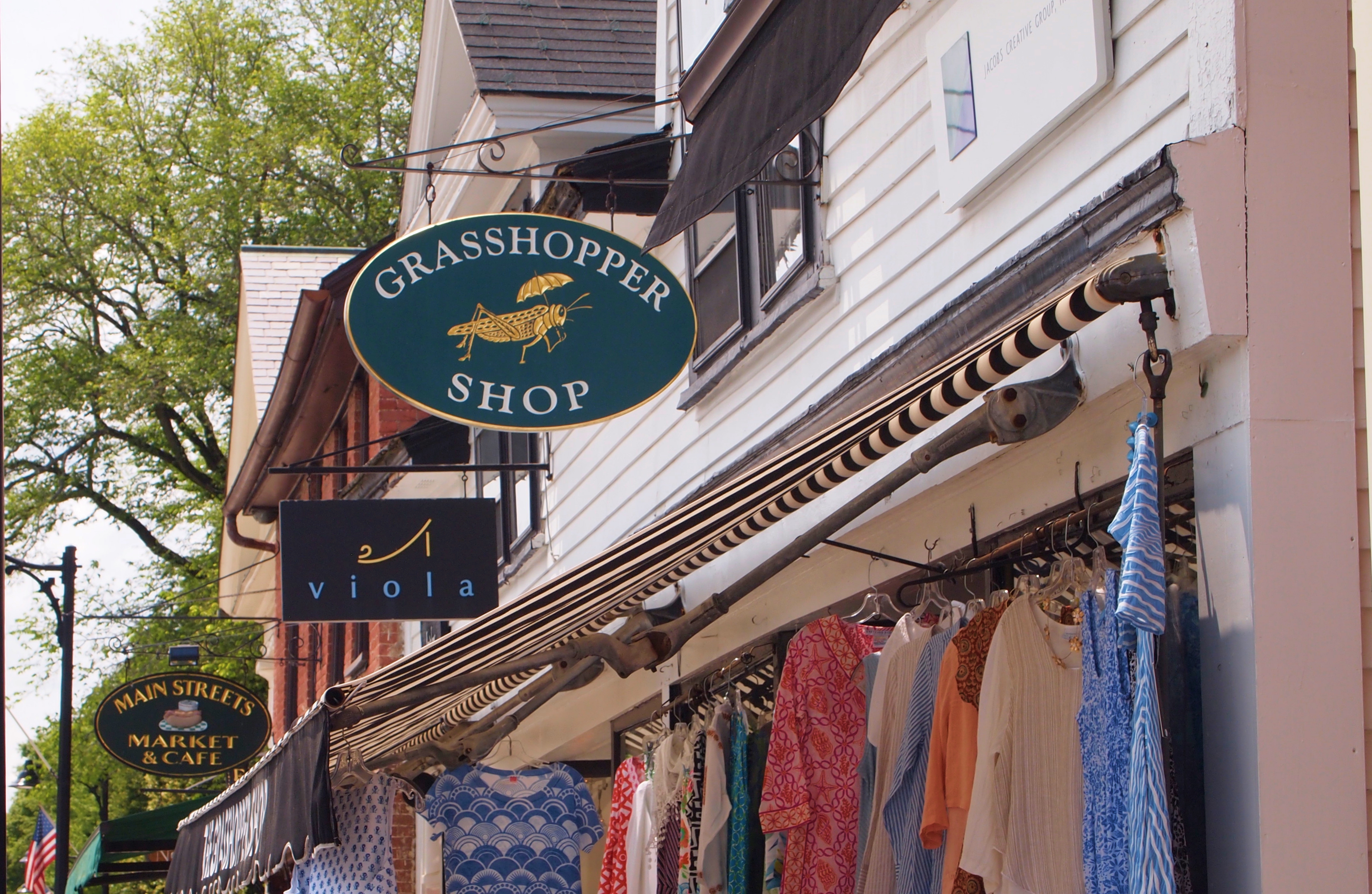
Photo Credit : Bethany Bourgault
One of the first places we went was, naturally, the bookshop. Perhaps they had an unfair advantage with Emerson, the Alcotts, and Hawthorne living in the area, but The Concord Bookshop had one of the most impressive displays of “Local Authors” I’ve ever seen.
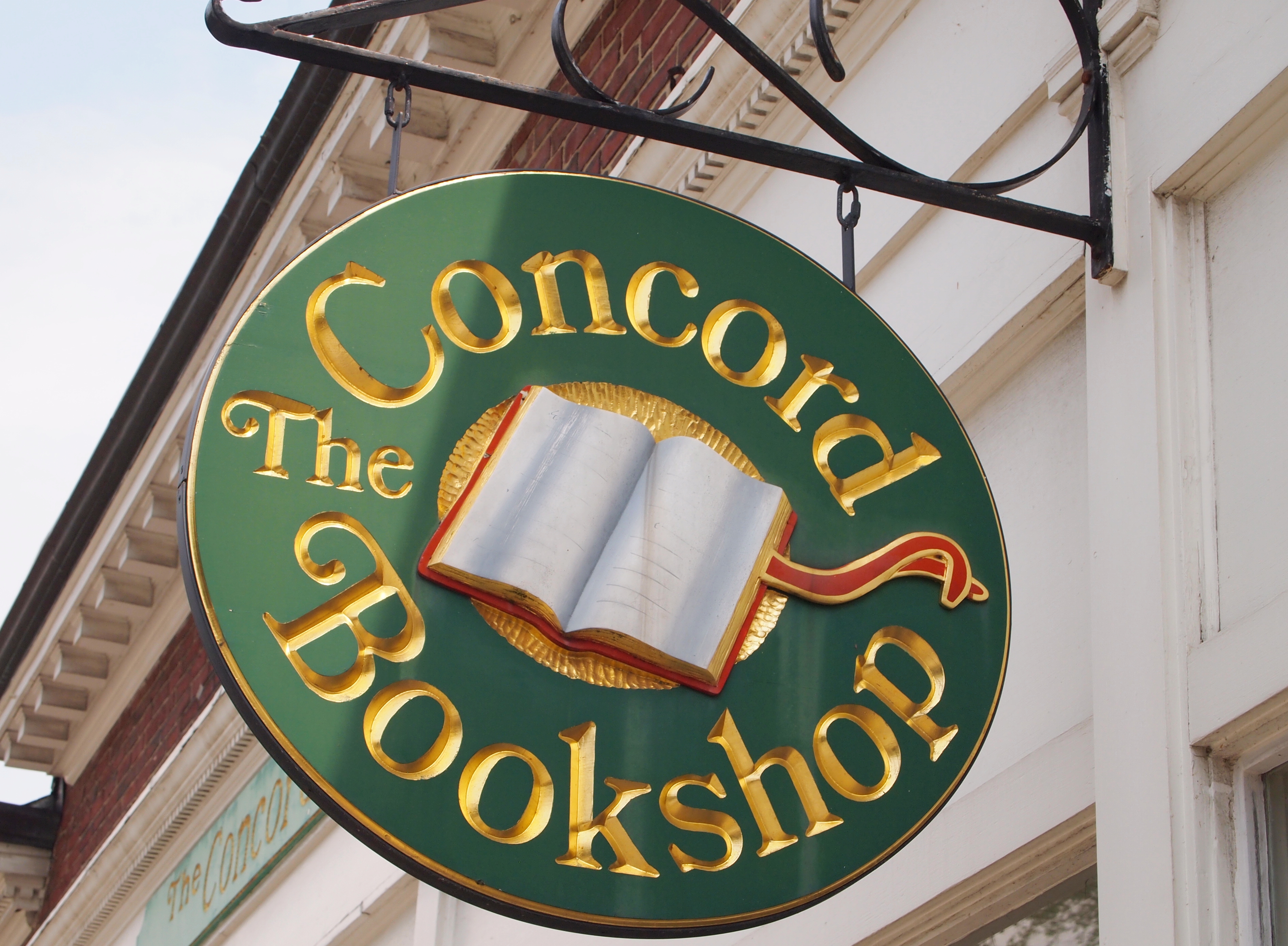
Photo Credit : Bethany Bourgault
We meandered next door into the dotted i stationery and gifts store. Cards, gifts, and notebooks for every occasion lined the walls and charmed all who ventured through the door.
We saw shops for clothes, art, supplies for almost any craft, coffee shops, and bakeries. We moseyed over to The Concord Cheese Shop and Pricilla’s Candy Shop, both must-see’s for anyone heading out to Concord.
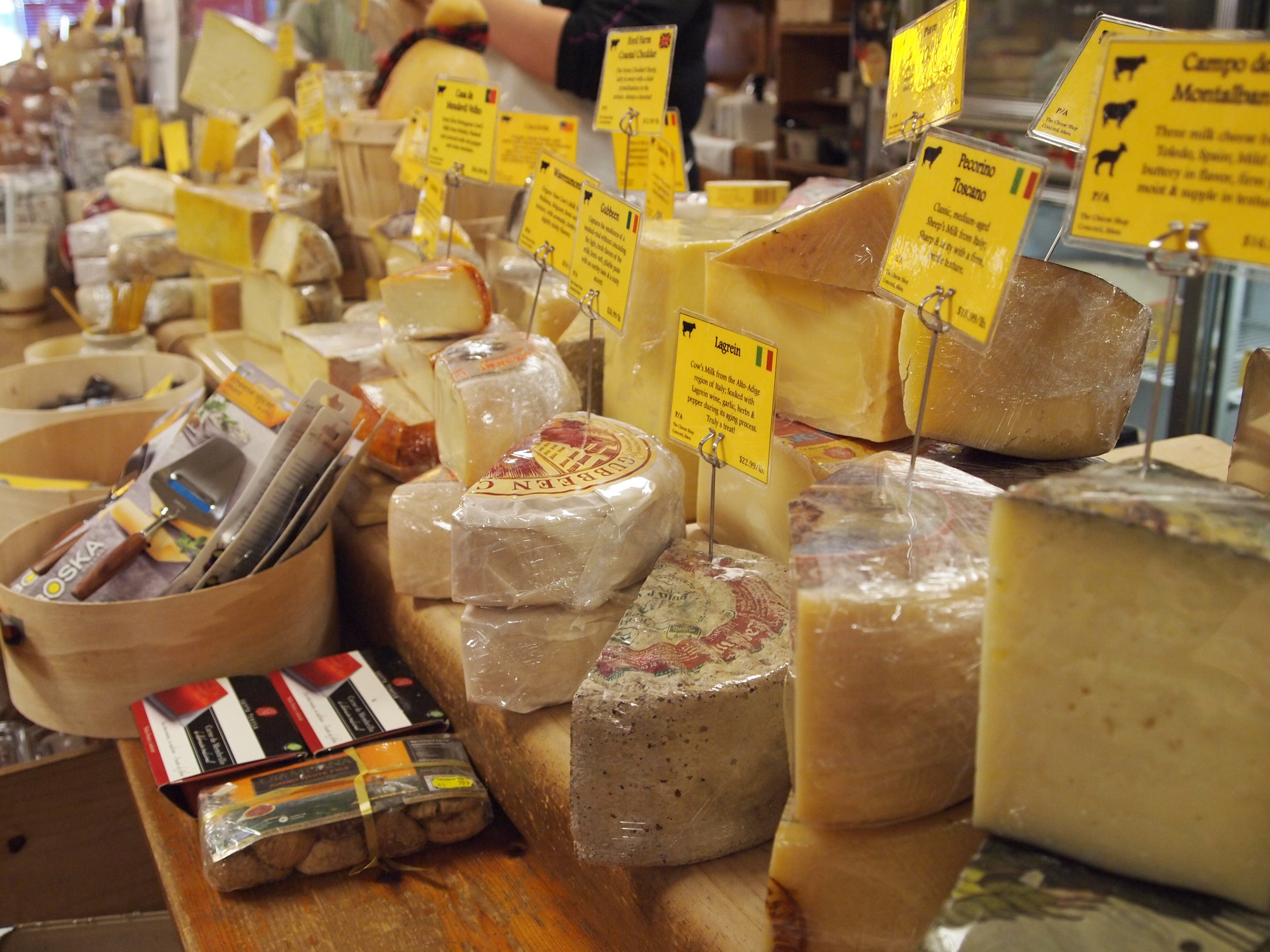
Photo Credit : Bethany Bourgault
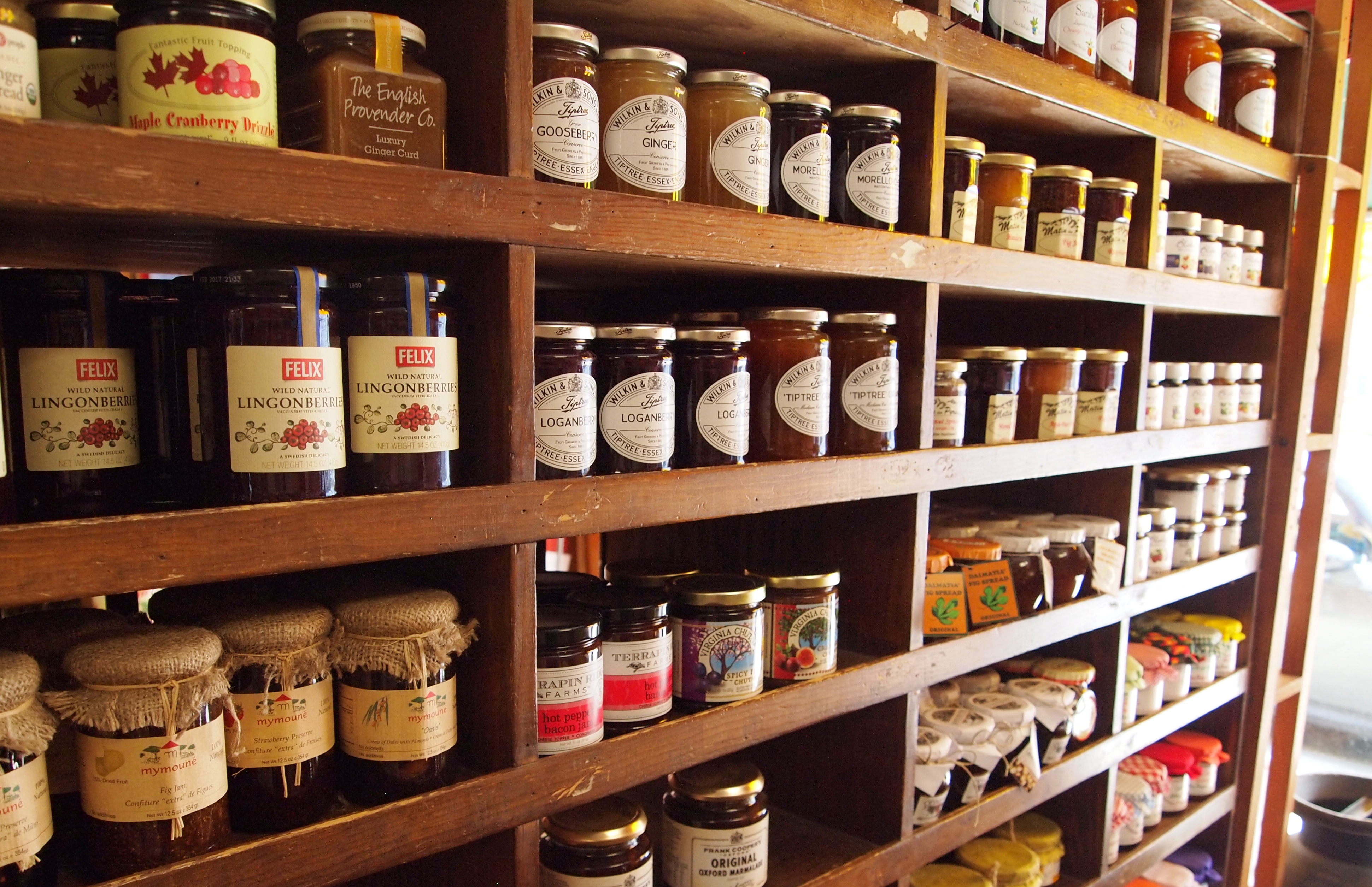
Photo Credit : Bethany Bourgault
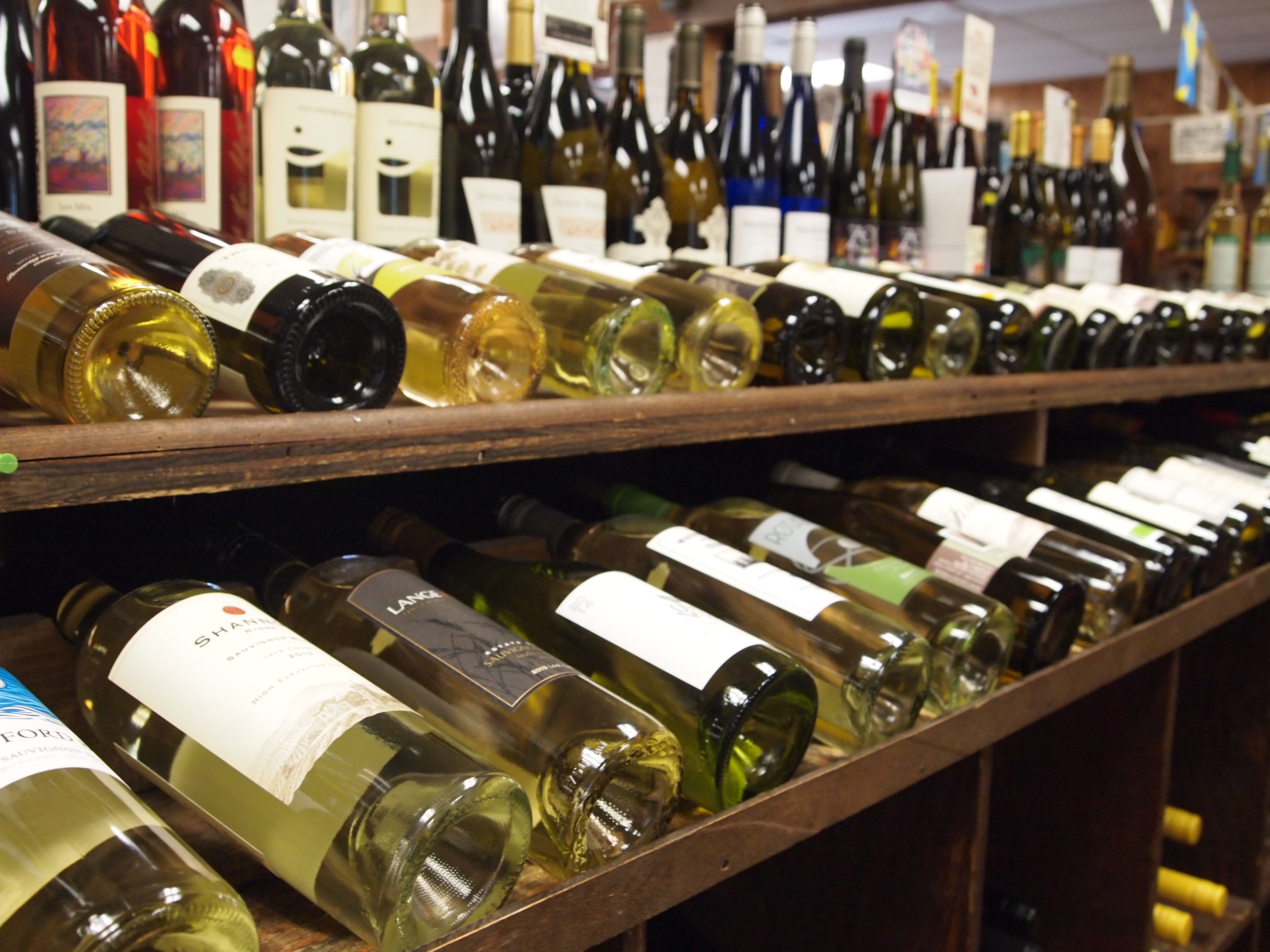
Photo Credit : Bethany Bourgault
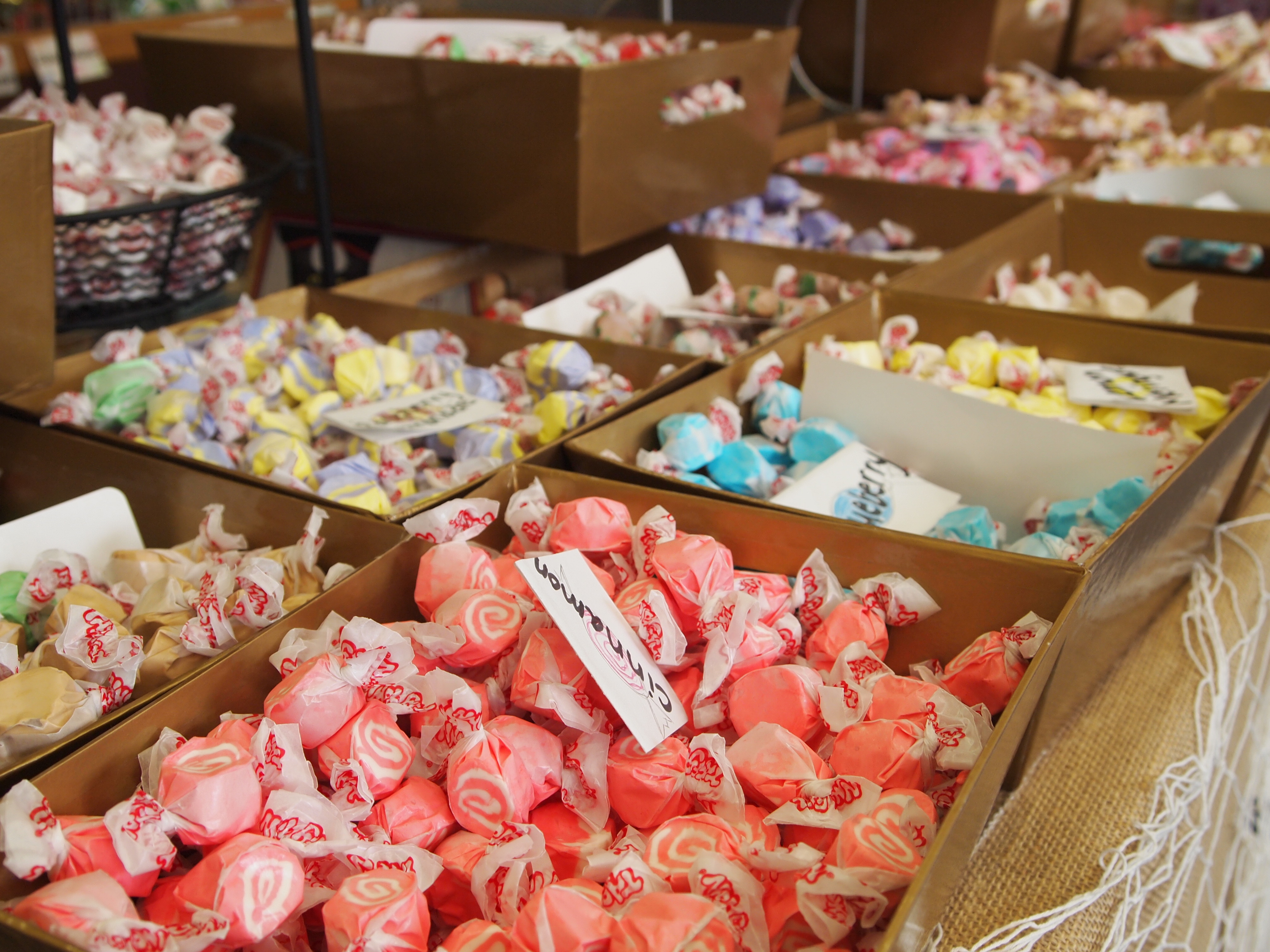
Photo Credit : Bethany Bourgault
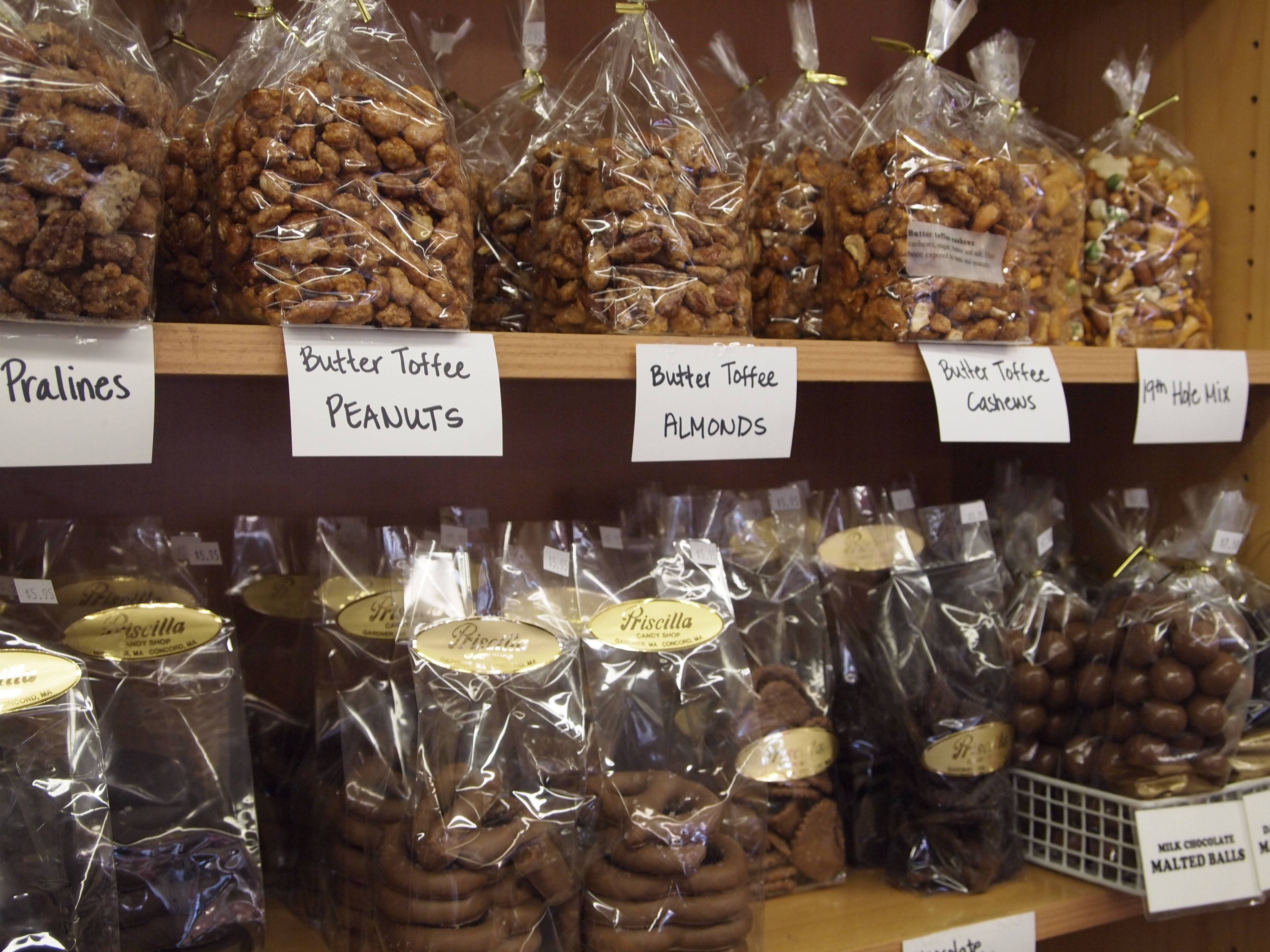
Photo Credit : Bethany Bourgault
Priscilla’s Candy is famous for its chocolate. Different confections, truffles, bonbons, and fudges lined display cases near the counter, and other wonderful-looking treats lined the walls and shelves. As for me, I brought home a box of their delicious homemade fudge.
Helps with the writing process, you know?
Have you ever visited historic Concord, Massachusetts?
This post was first published in 2015 and has been updated.
Bethany Bourgault
Bethany Bourgault interned with Yankee Magazine and New England.com during the summers of 2015 and 2016. She recently graduated from Syracuse University, majoring in magazine journalism with minors in writing and religion. She loves reading, exploring the outdoors, ballroom dancing, and trying new recipes. Keep up with her adventures at bethanybourgault.com.
More by Bethany Bourgault

